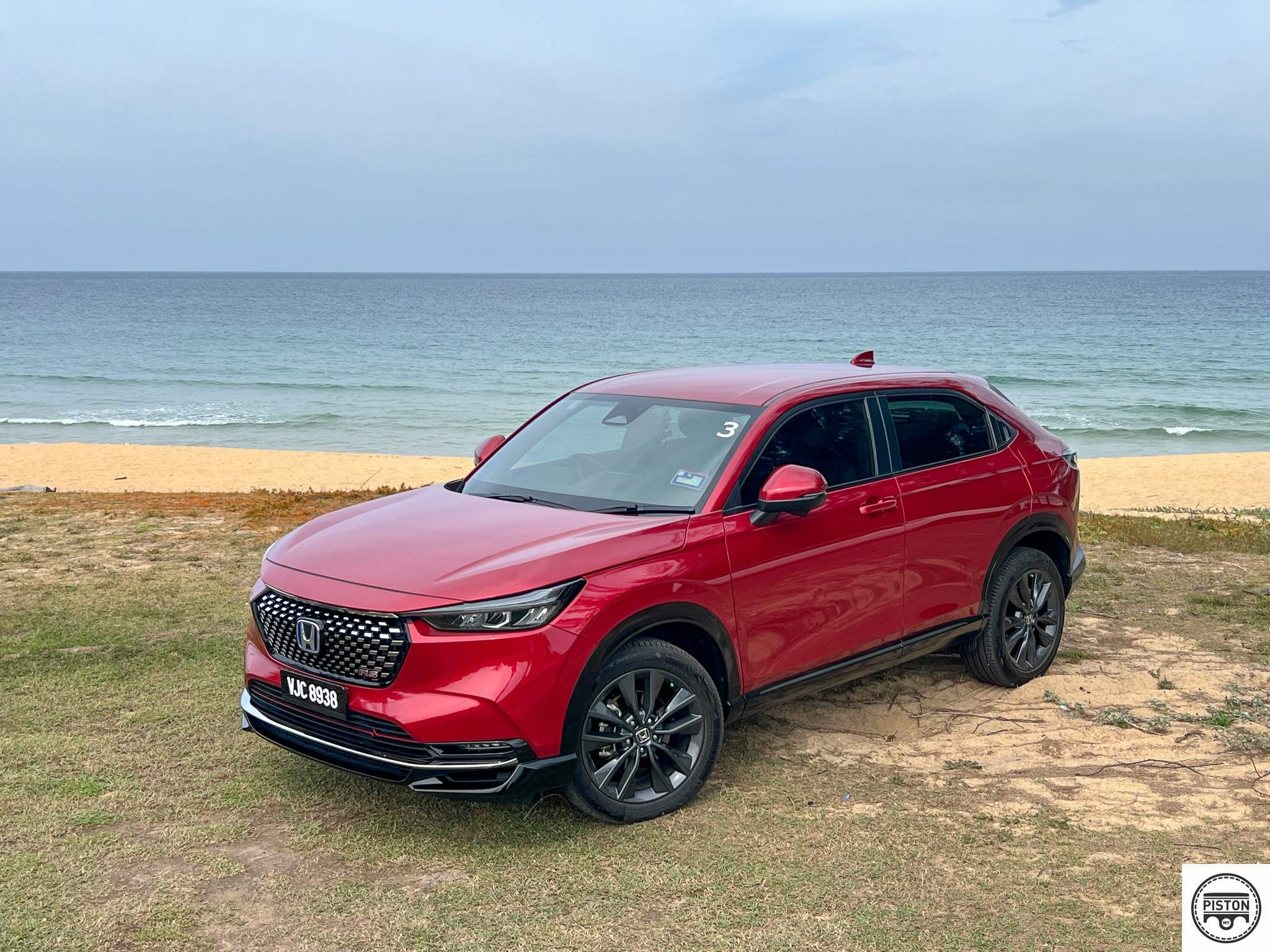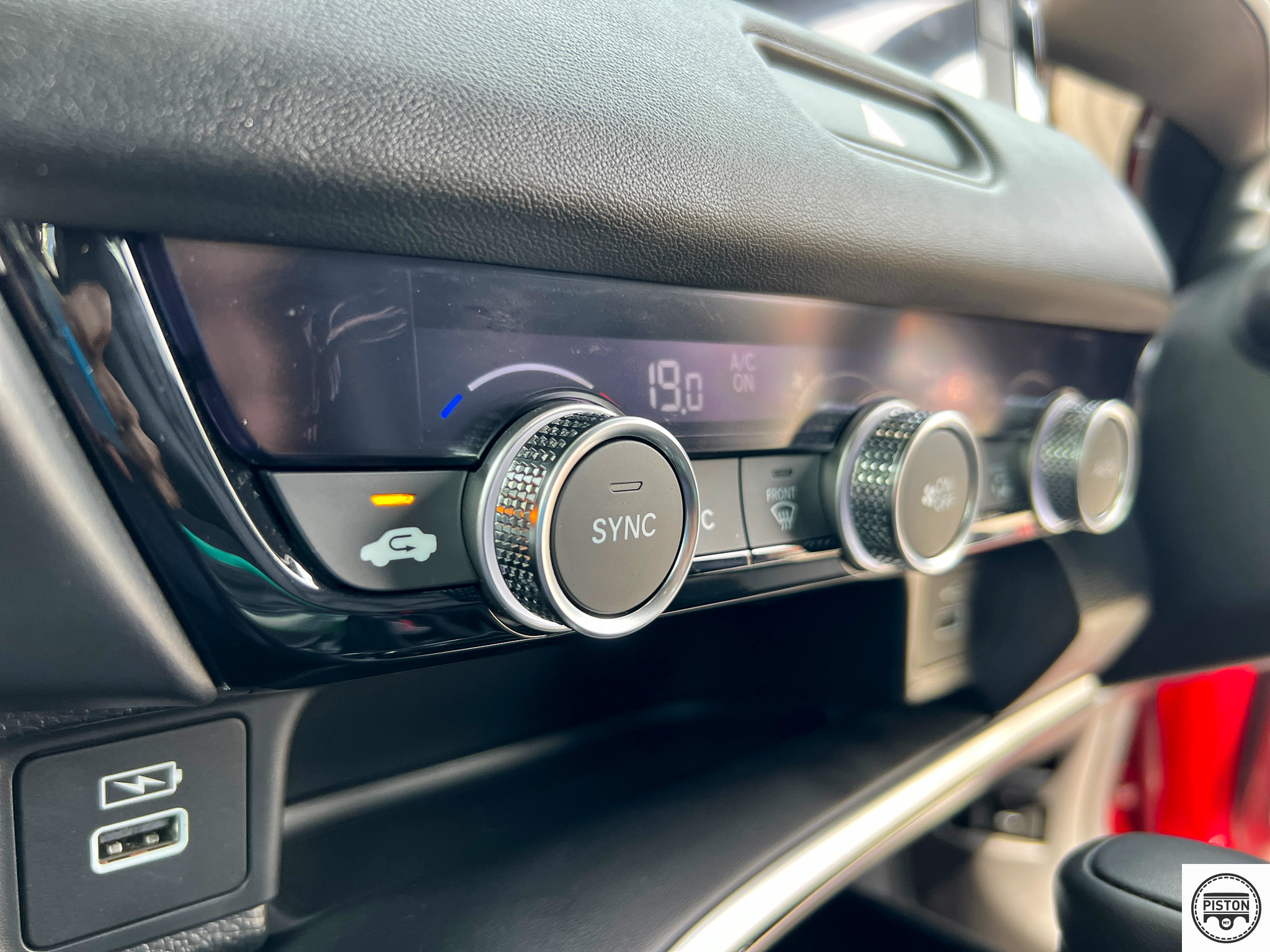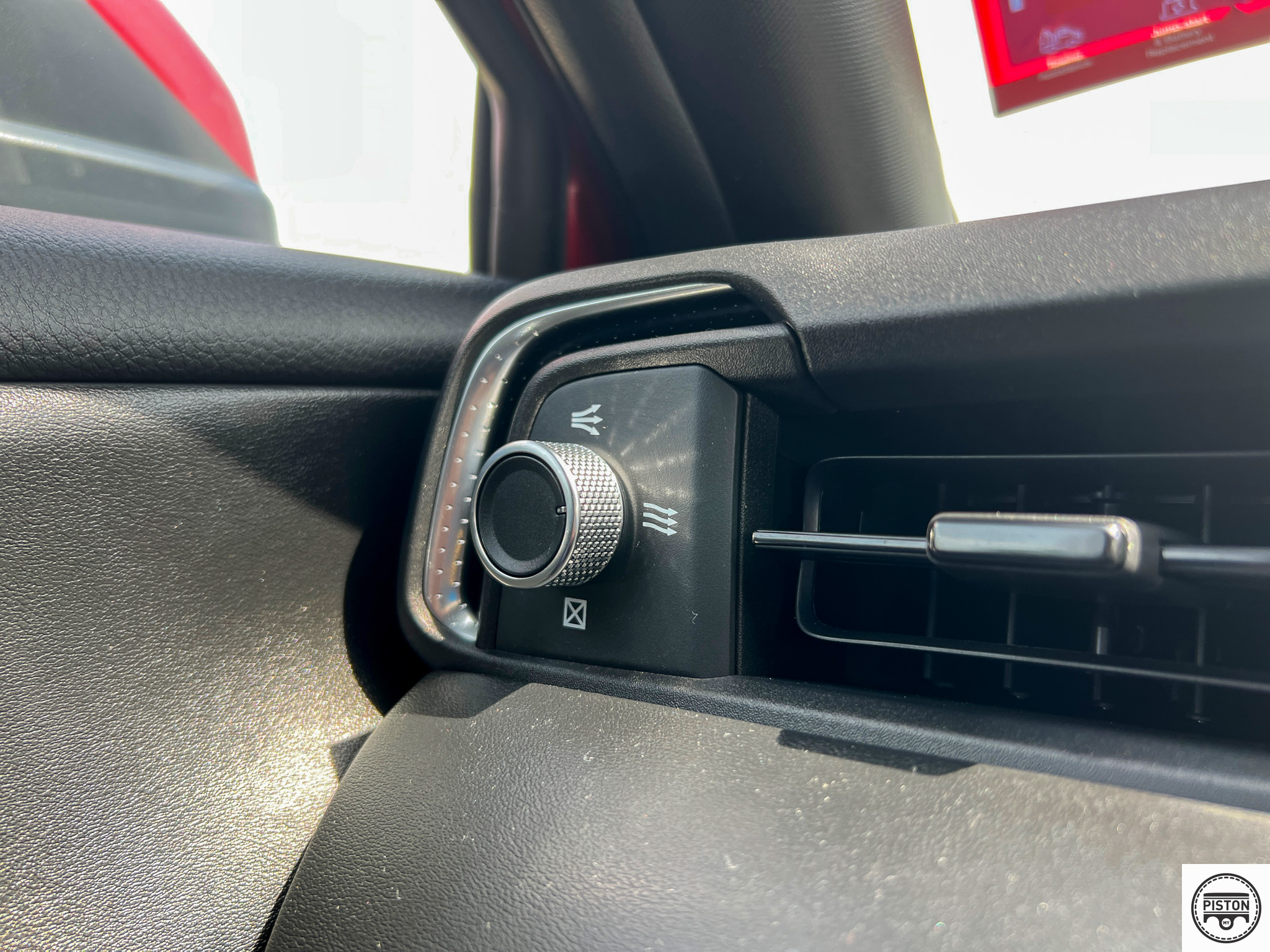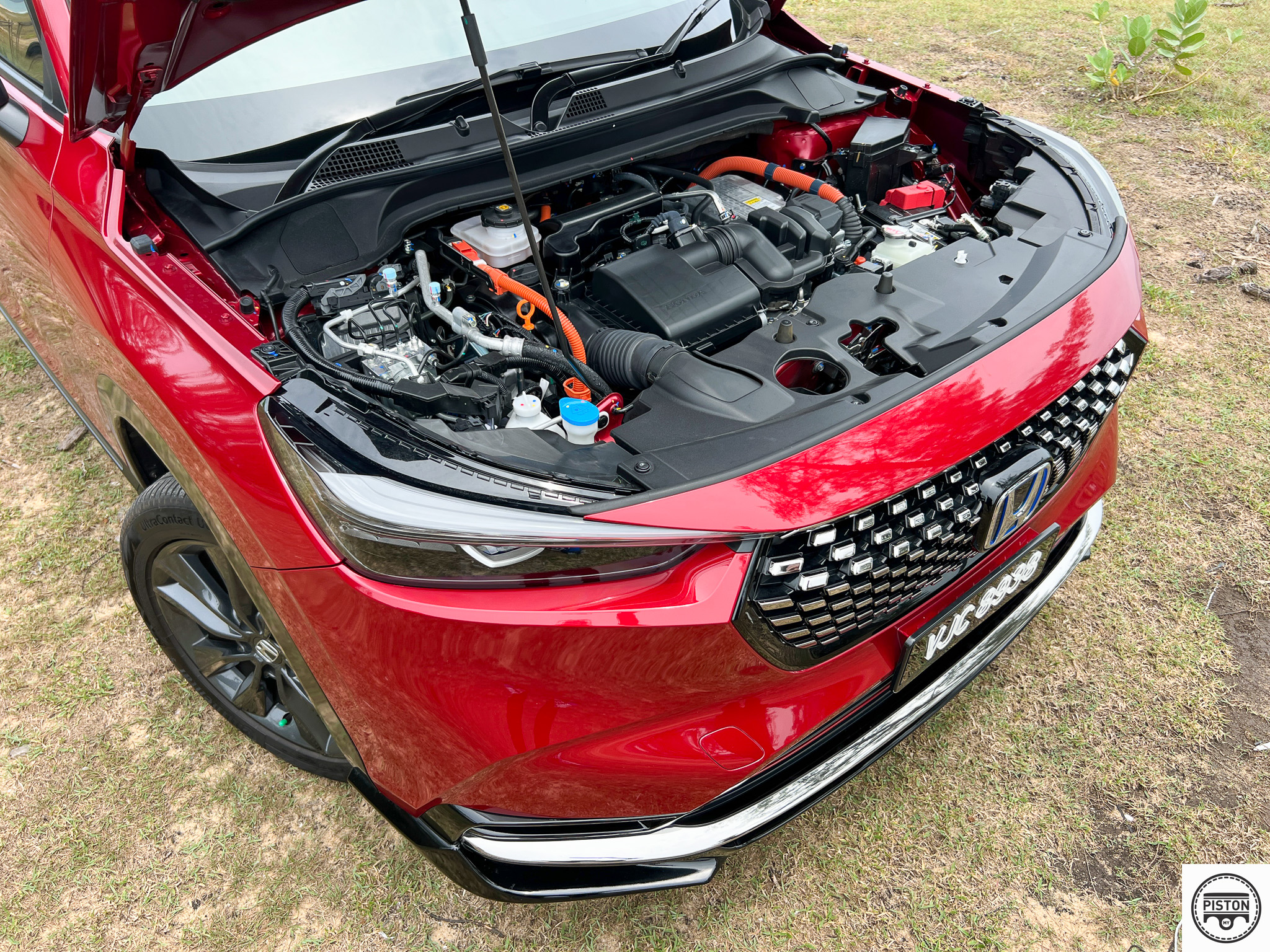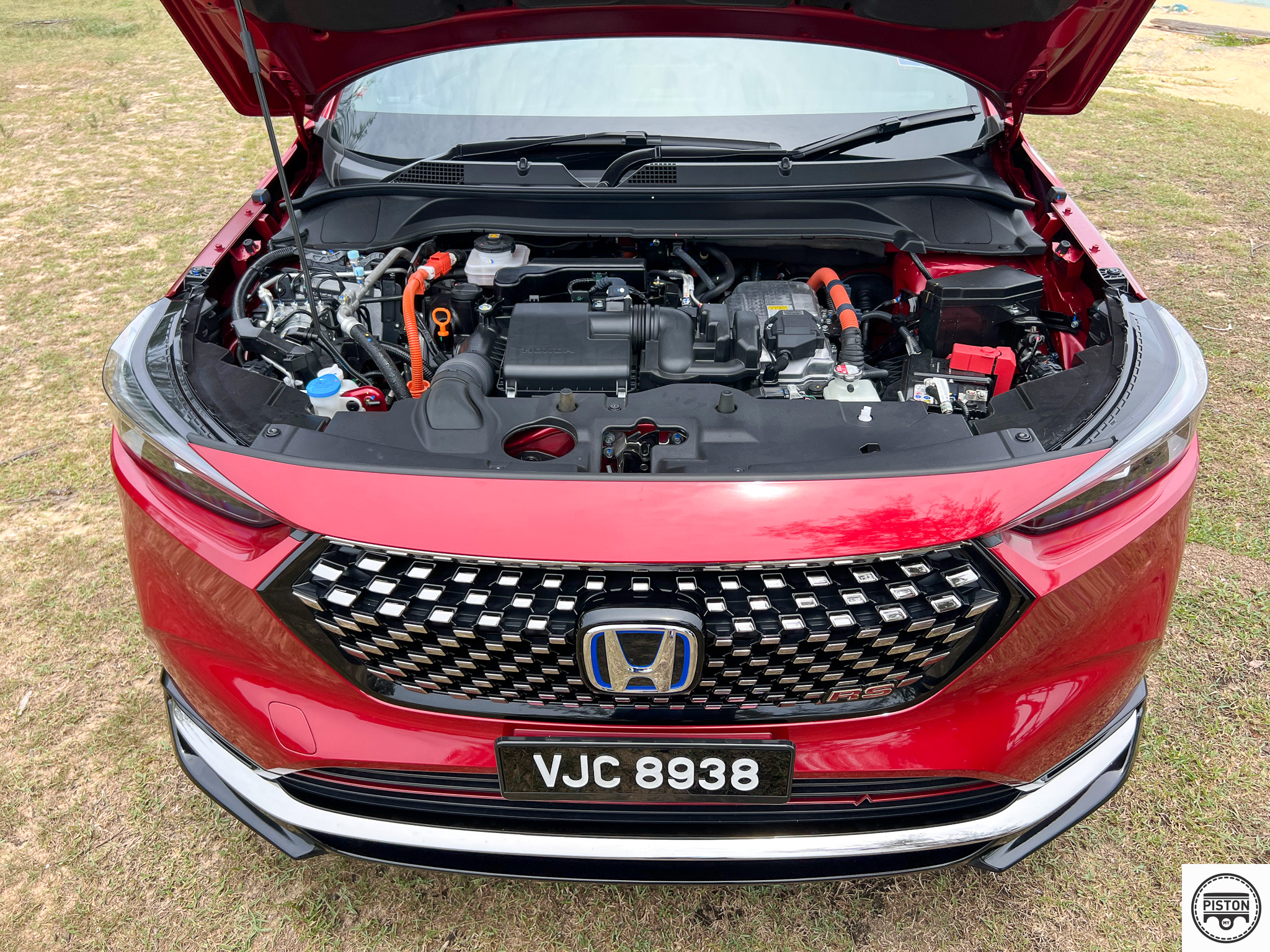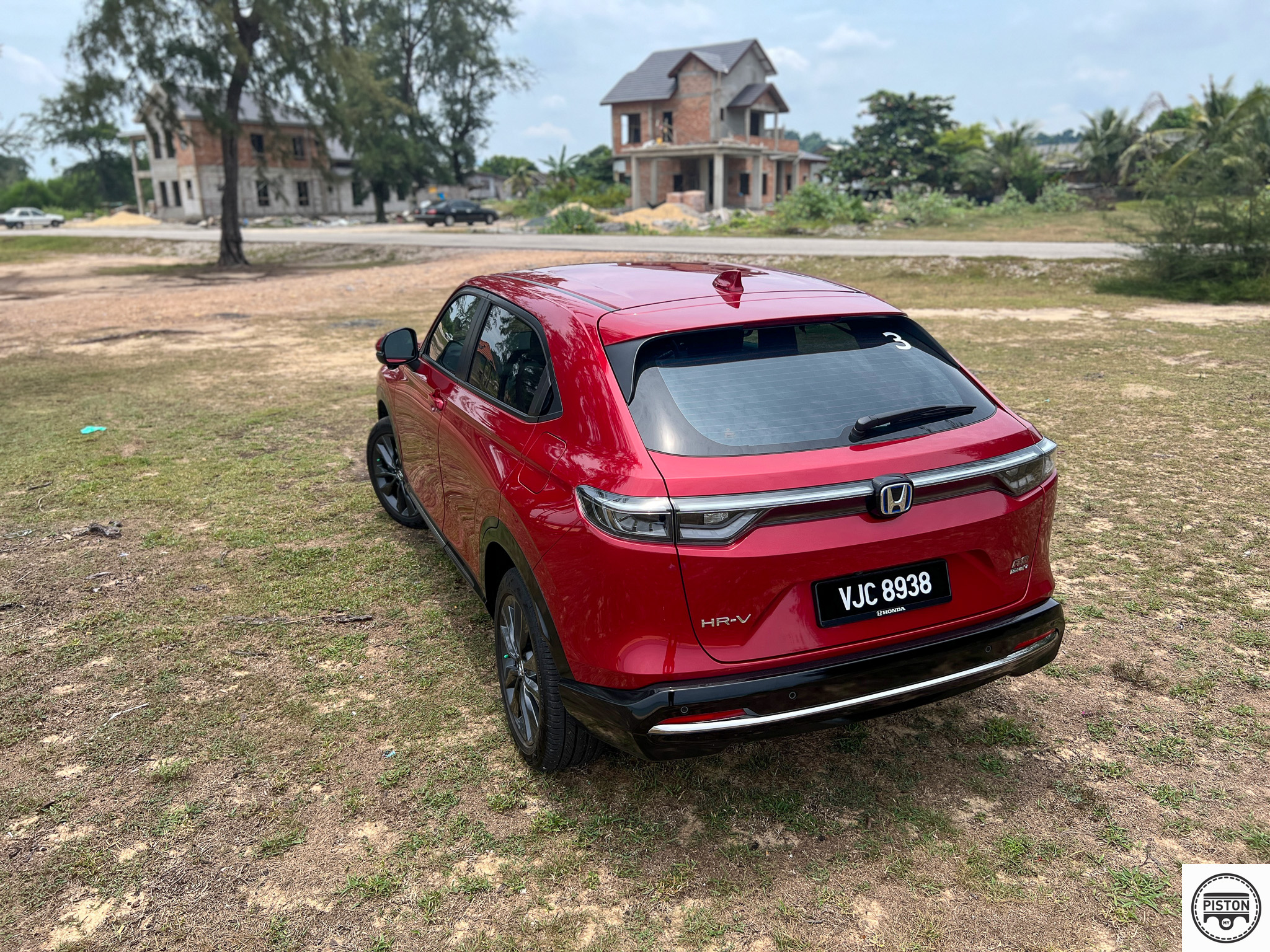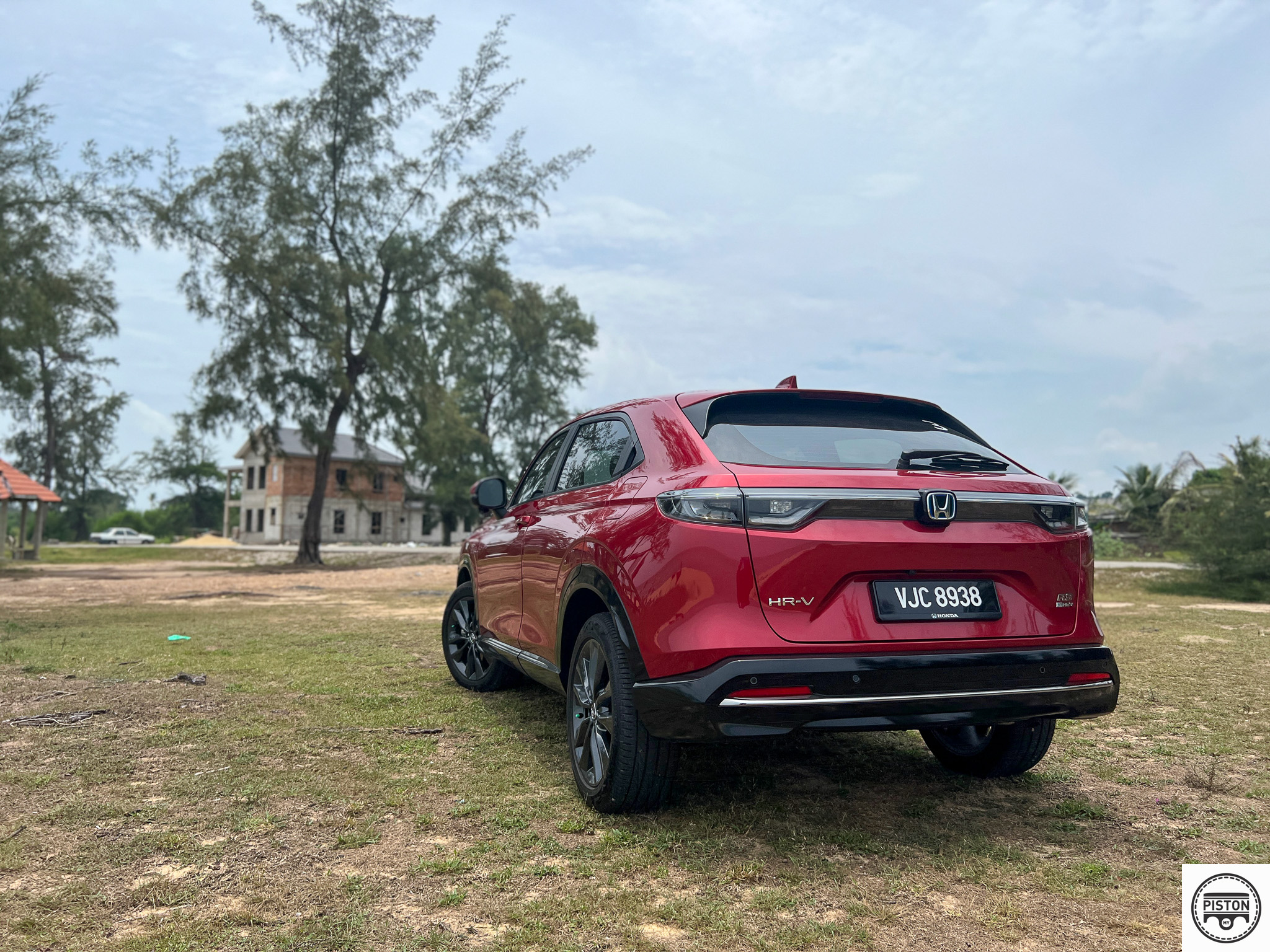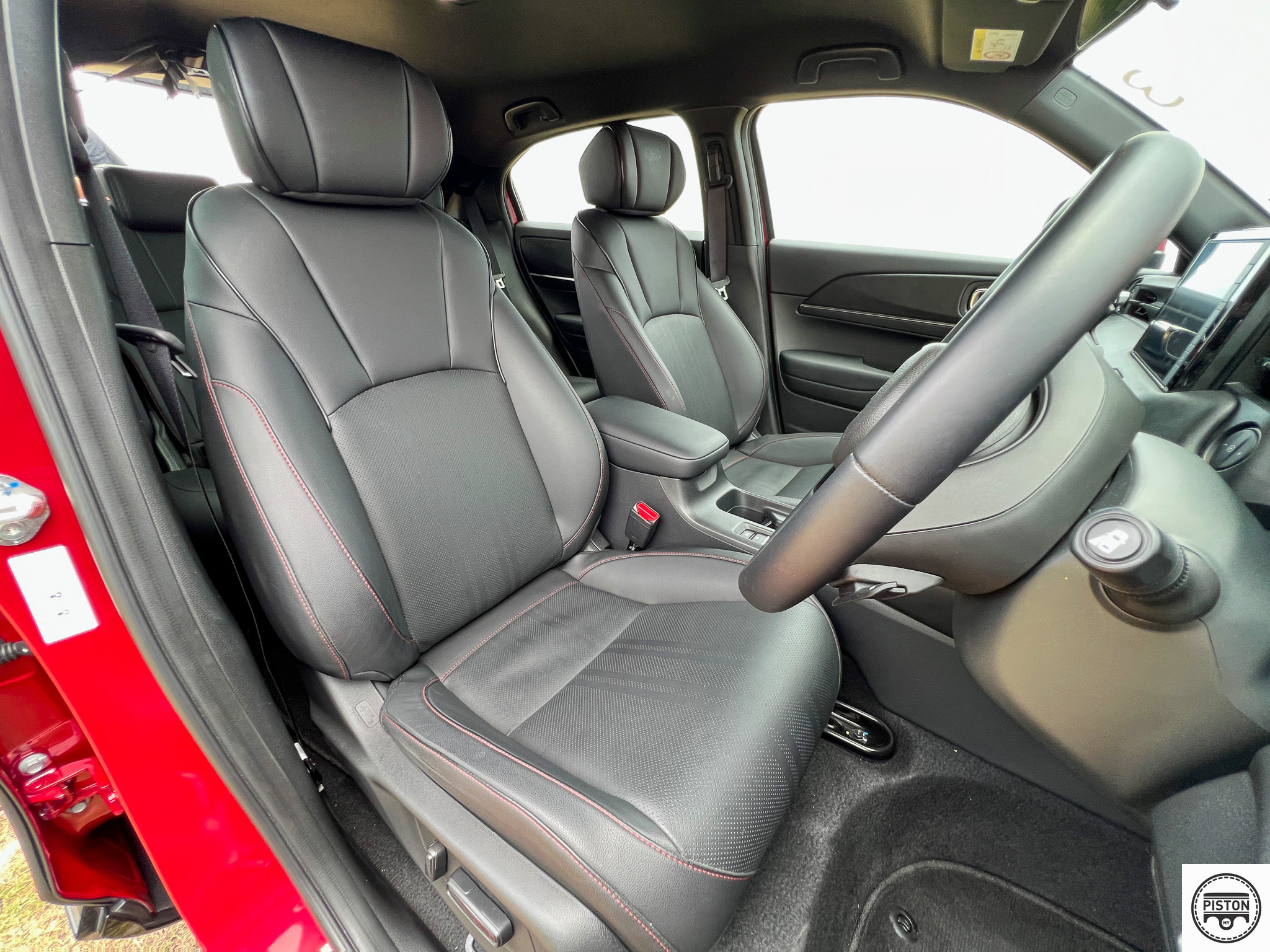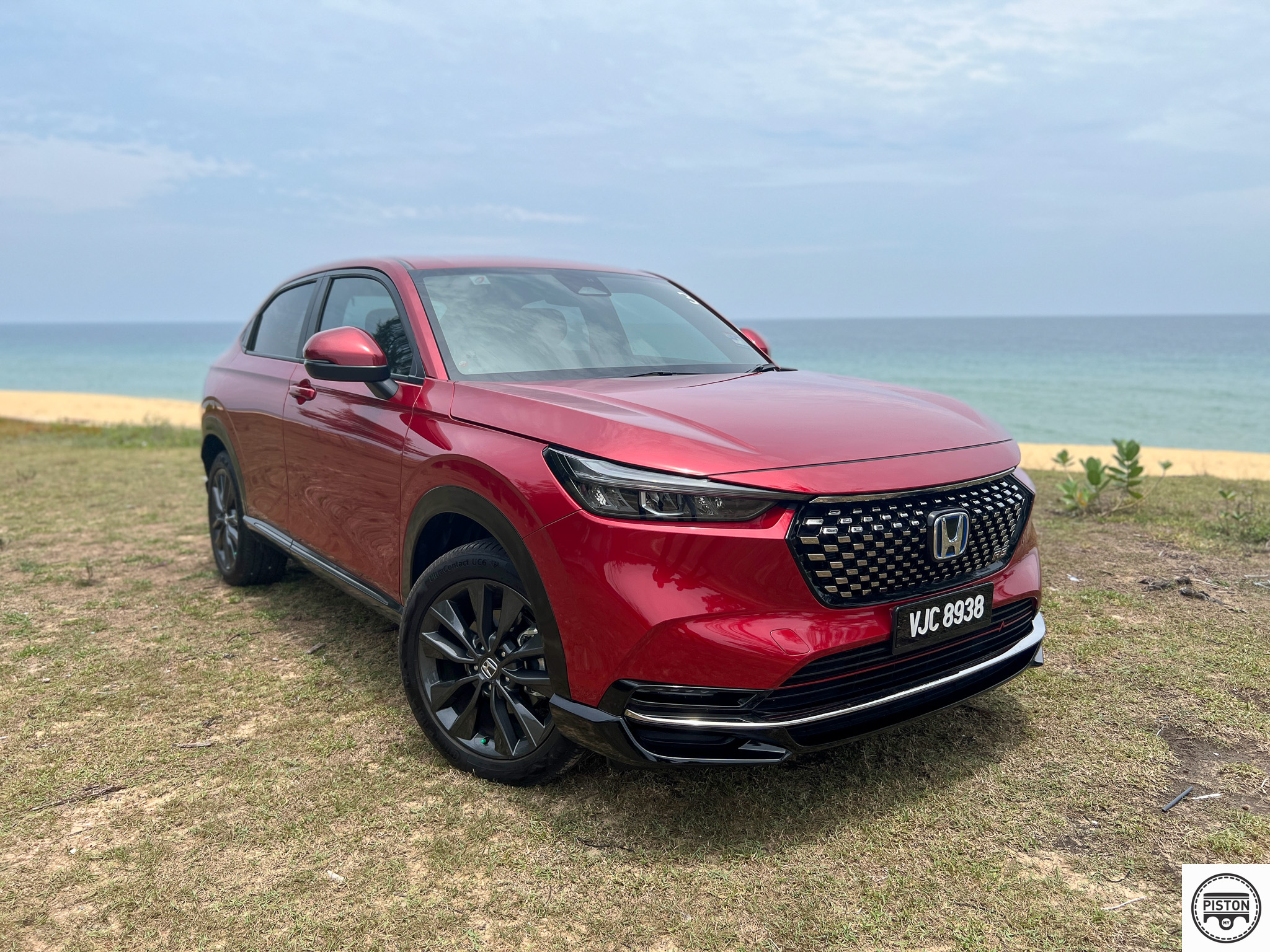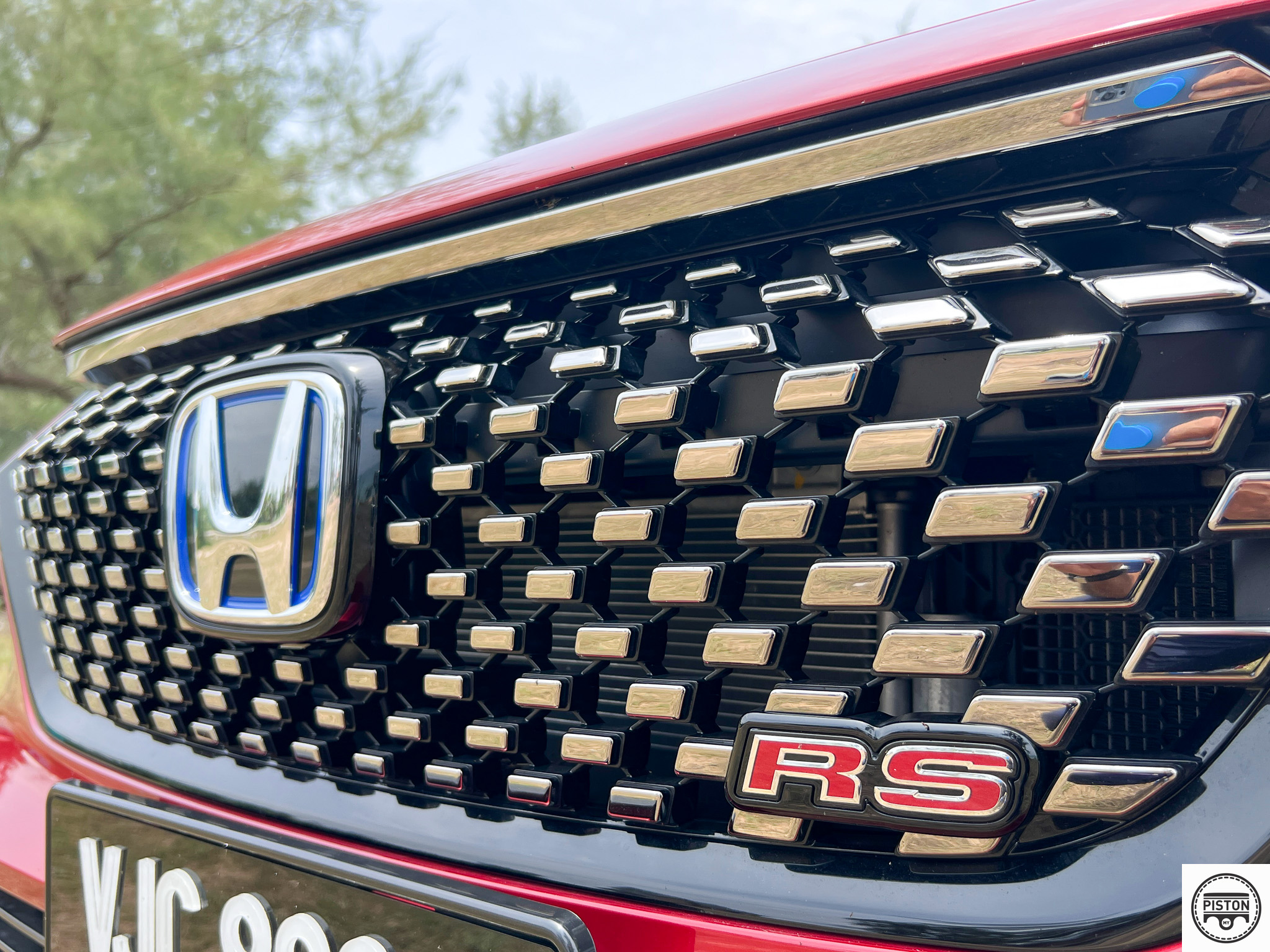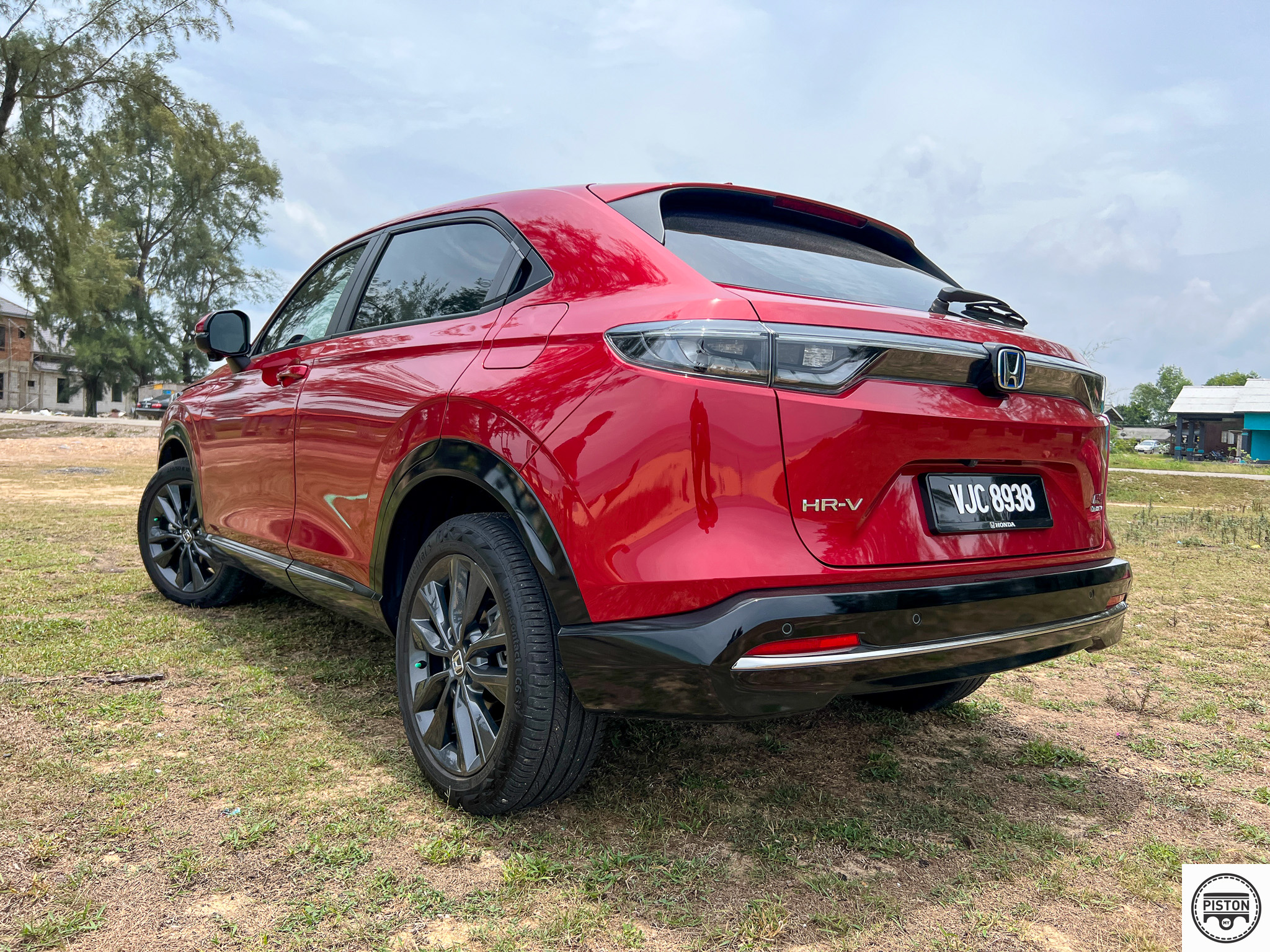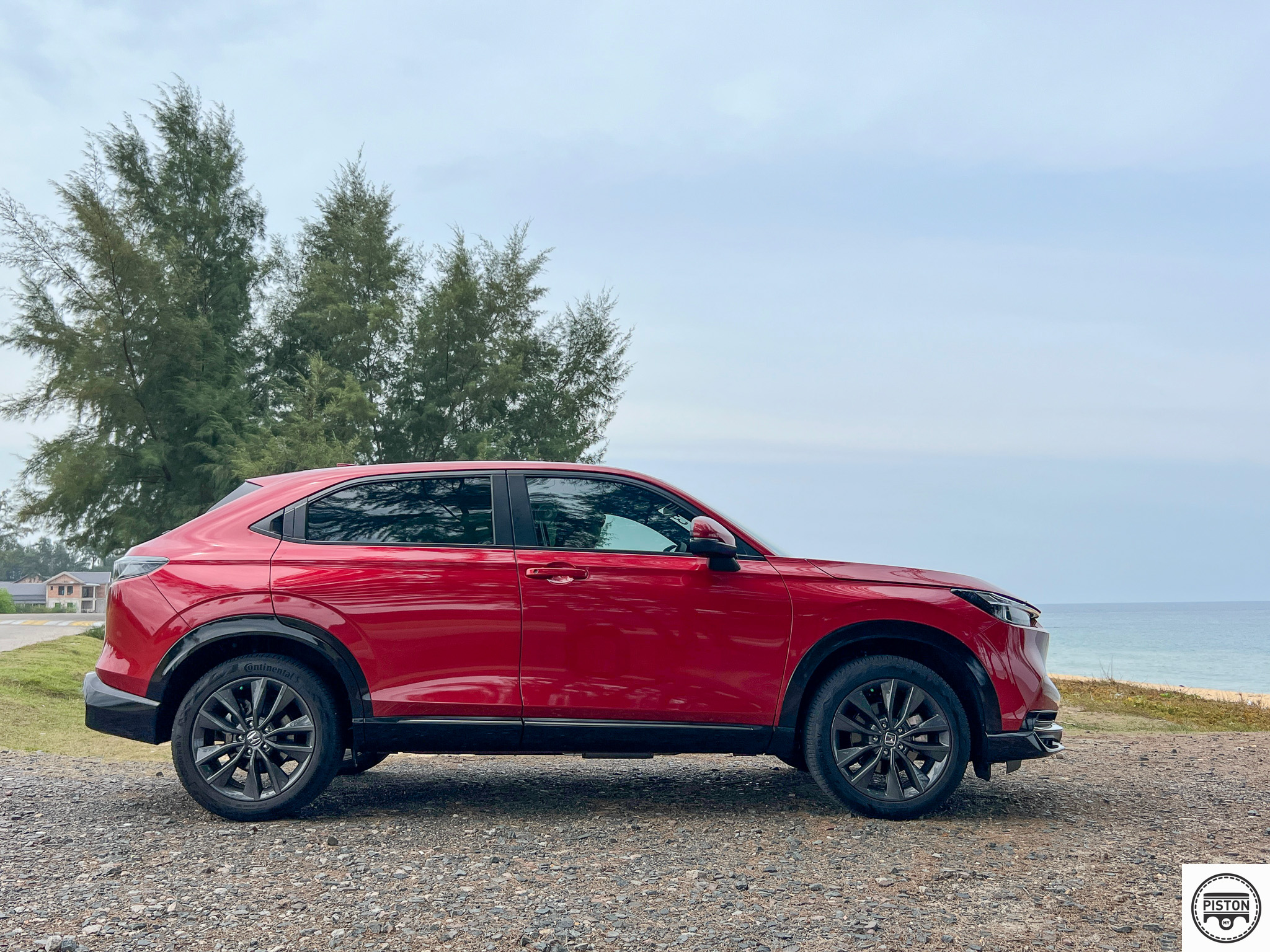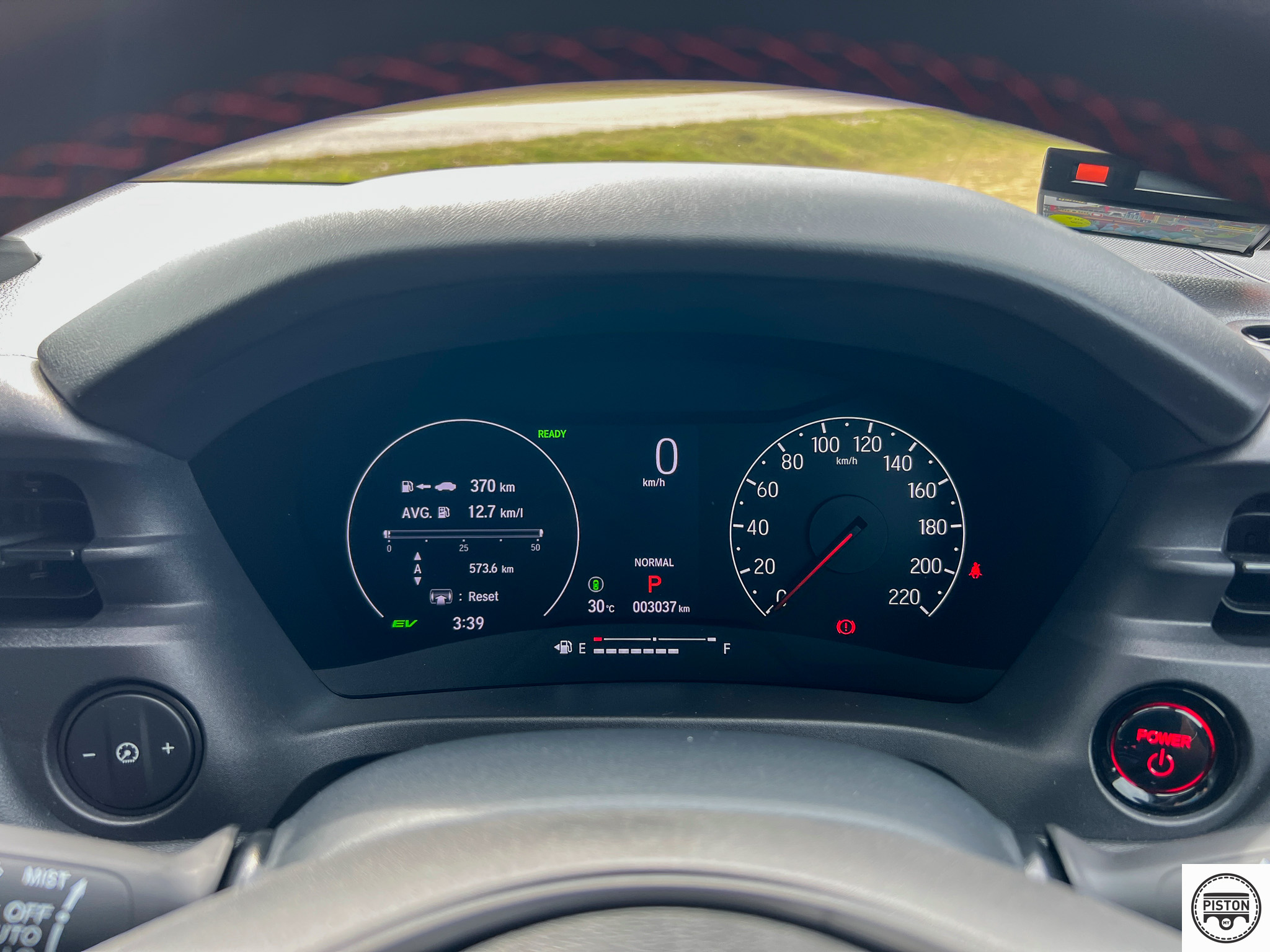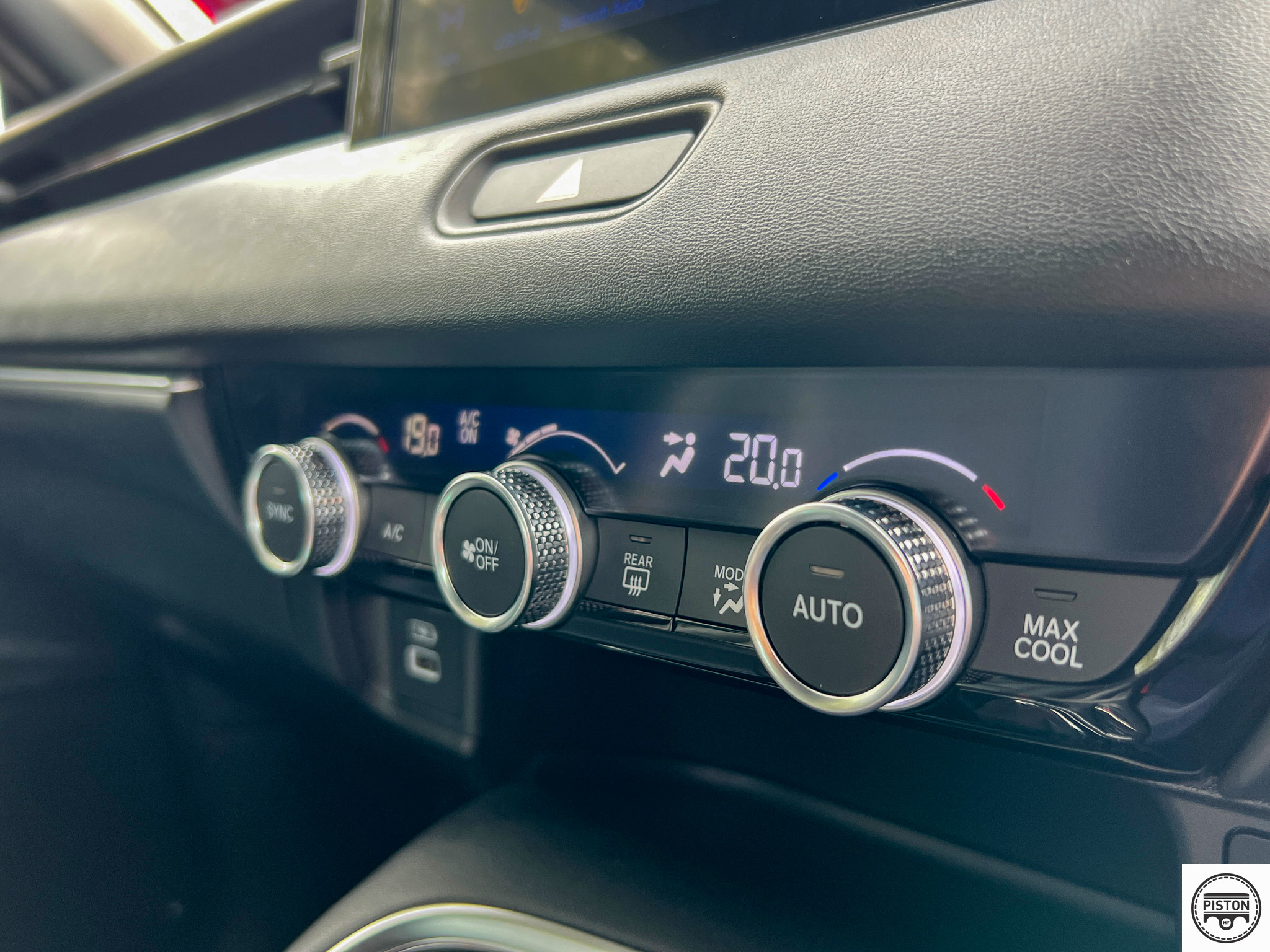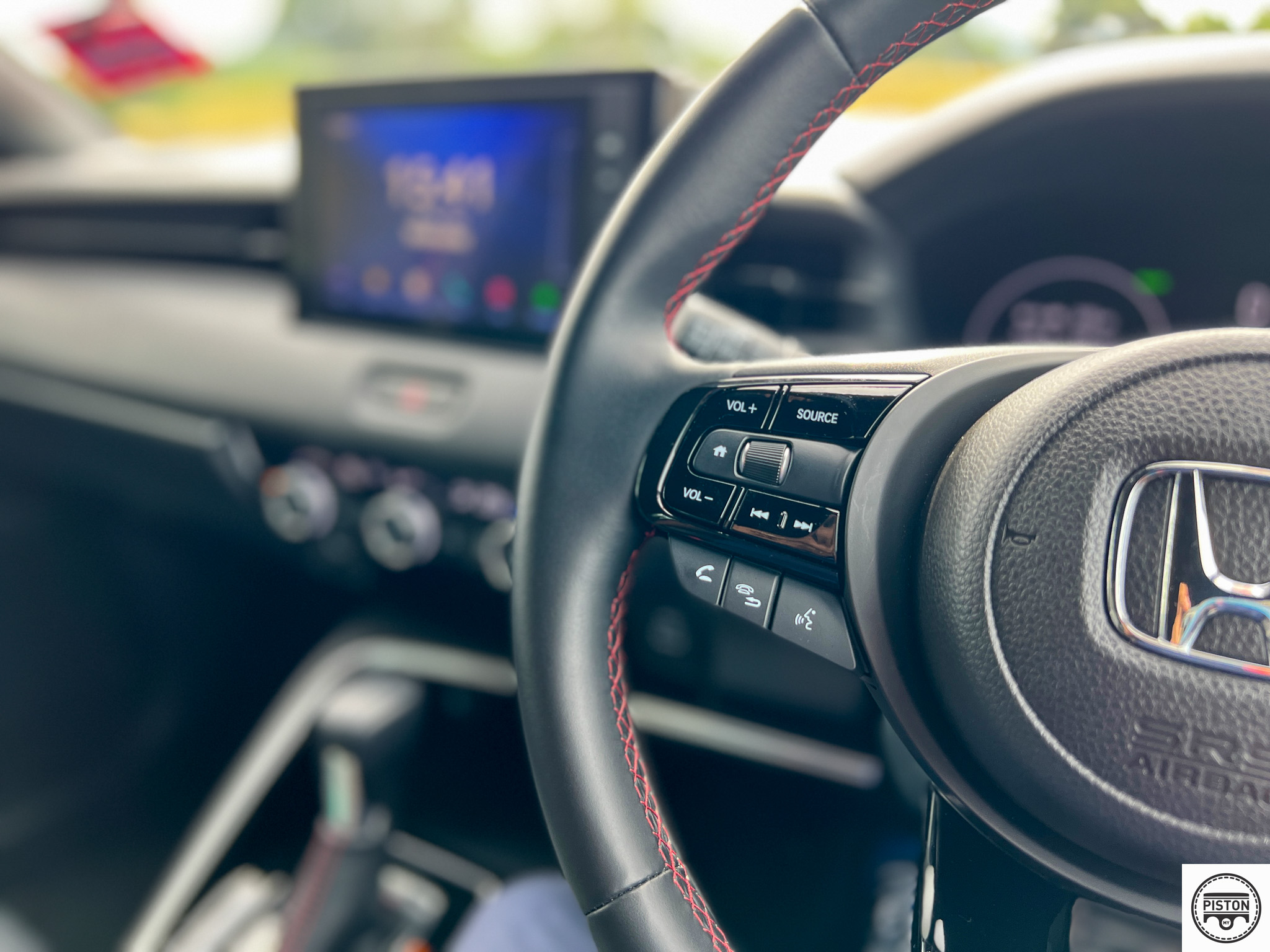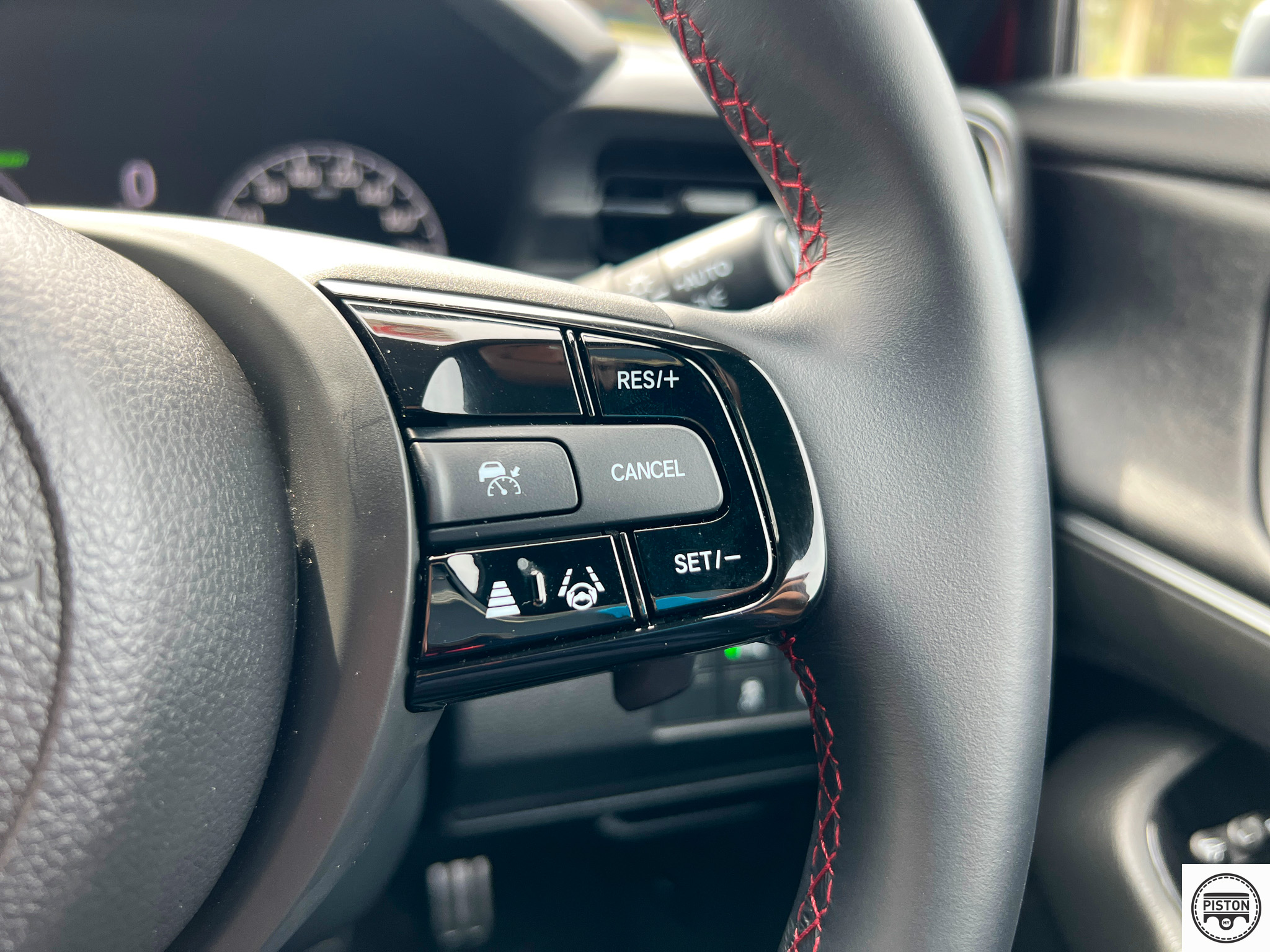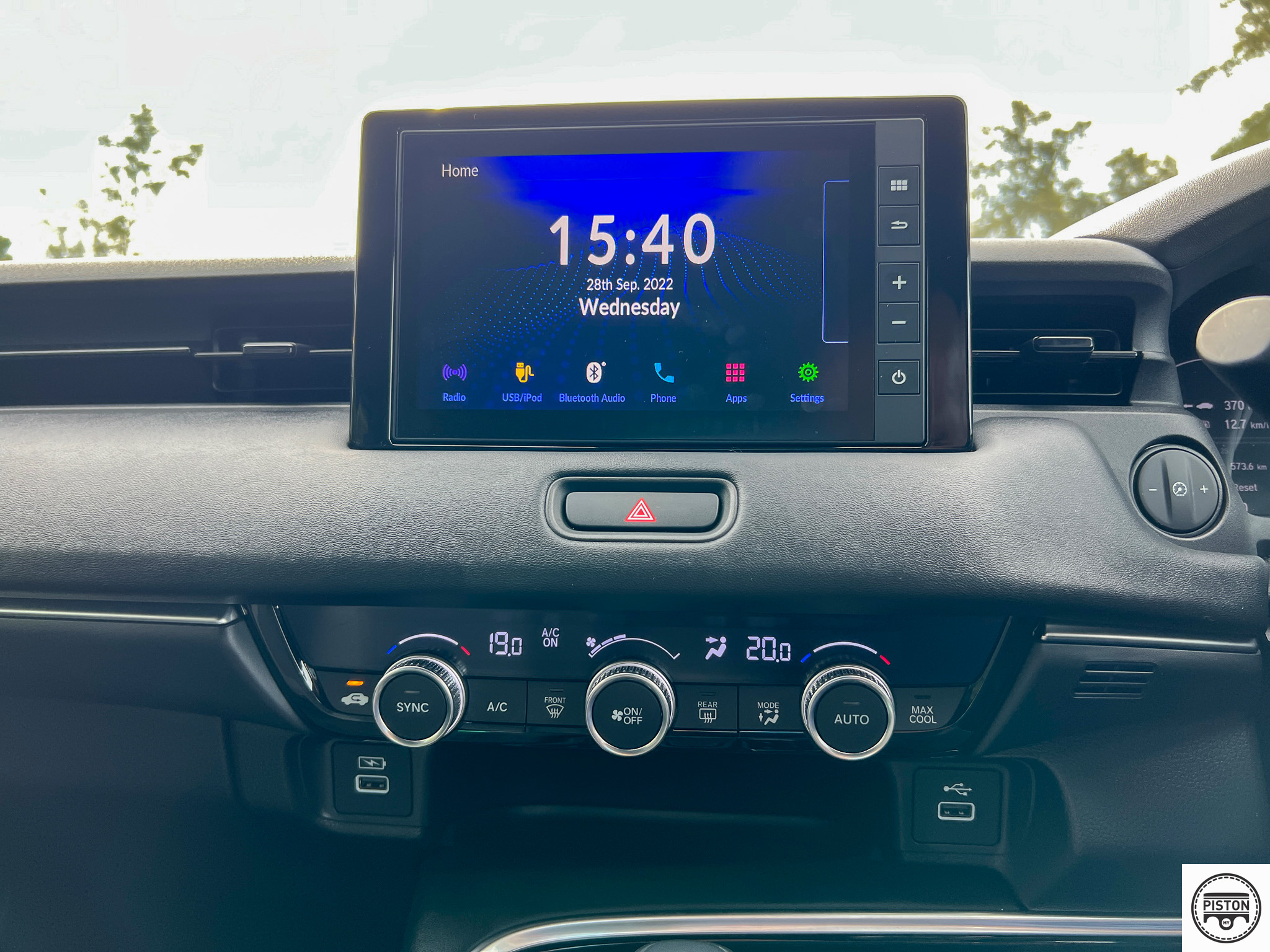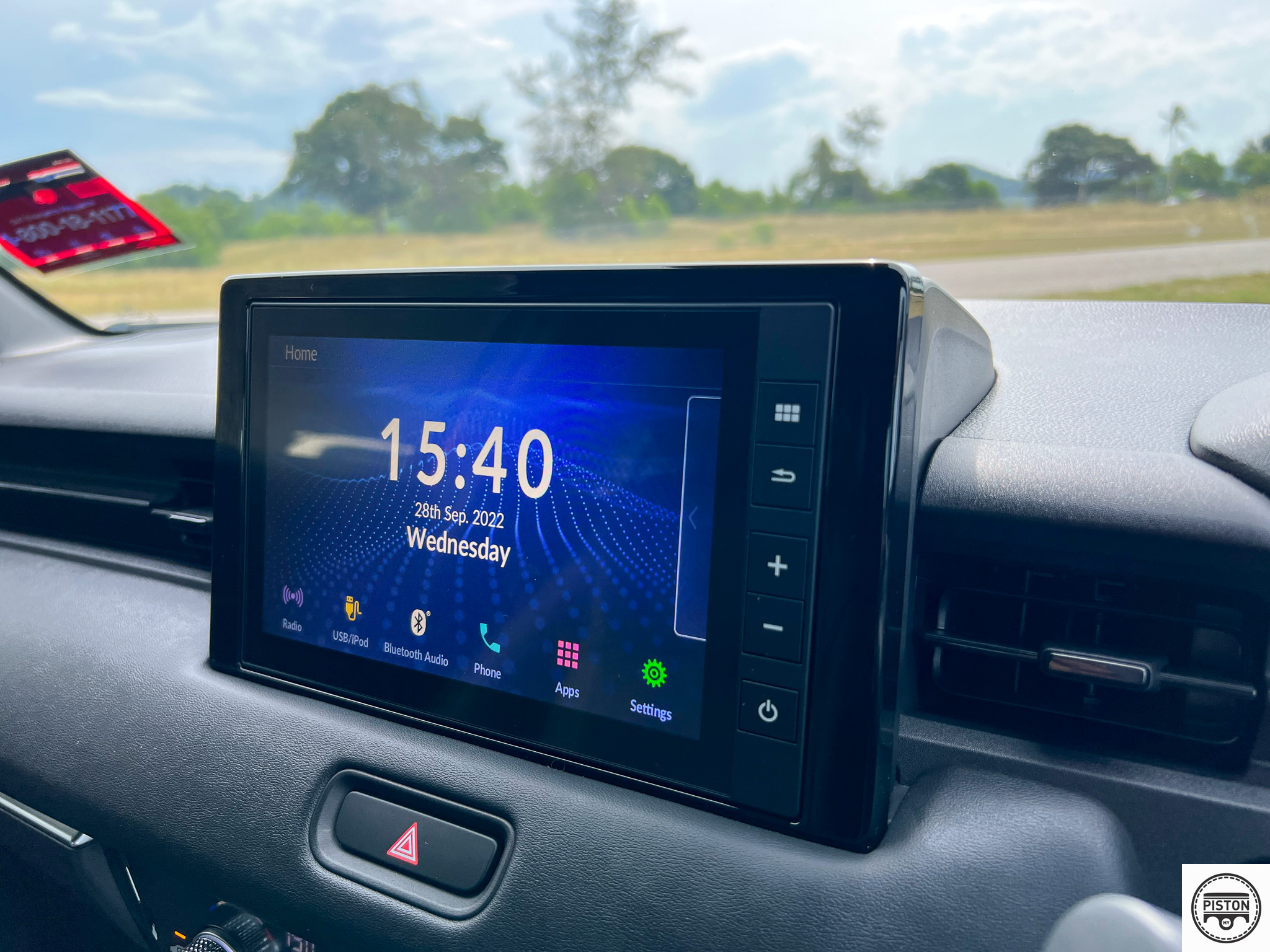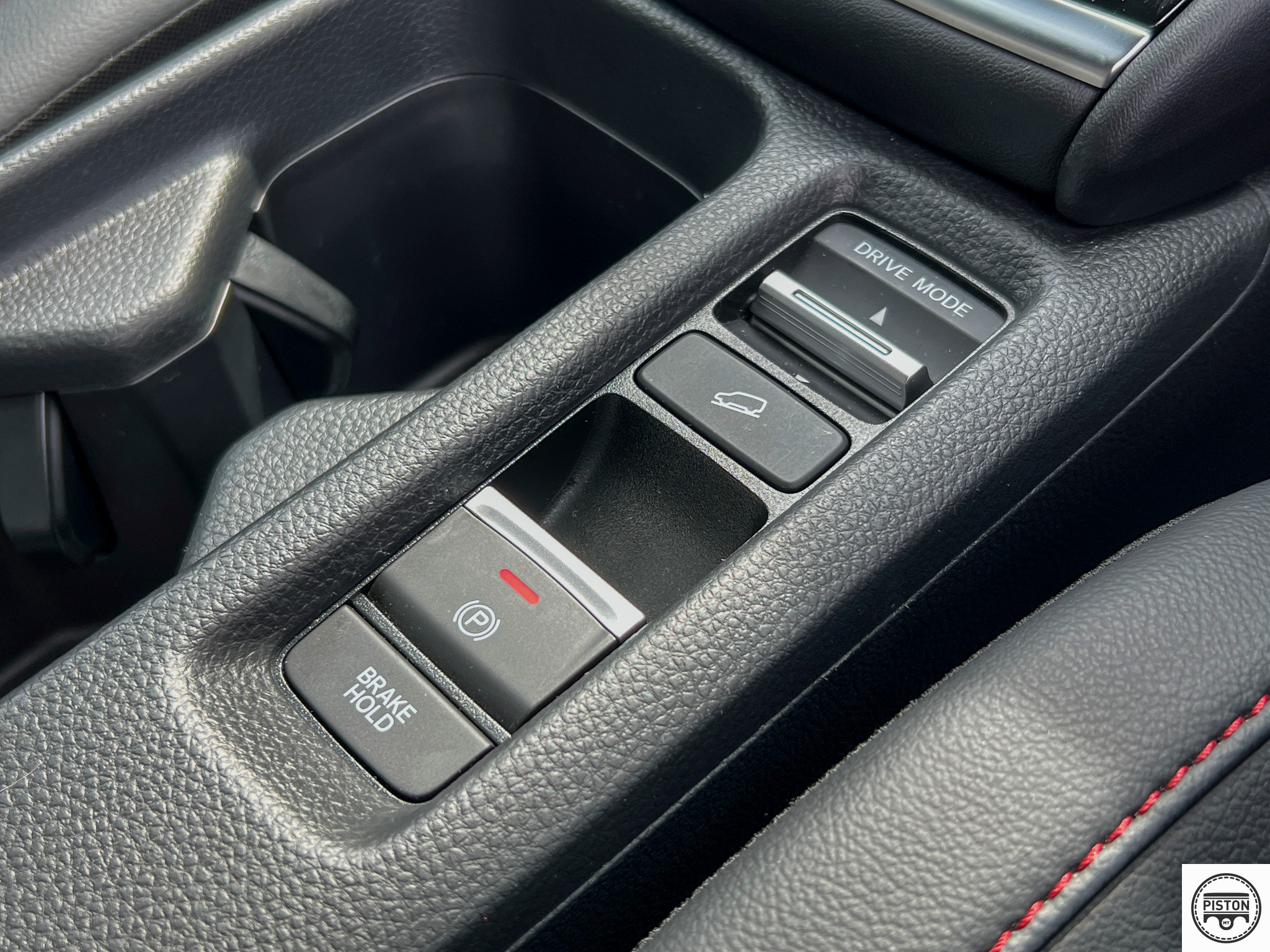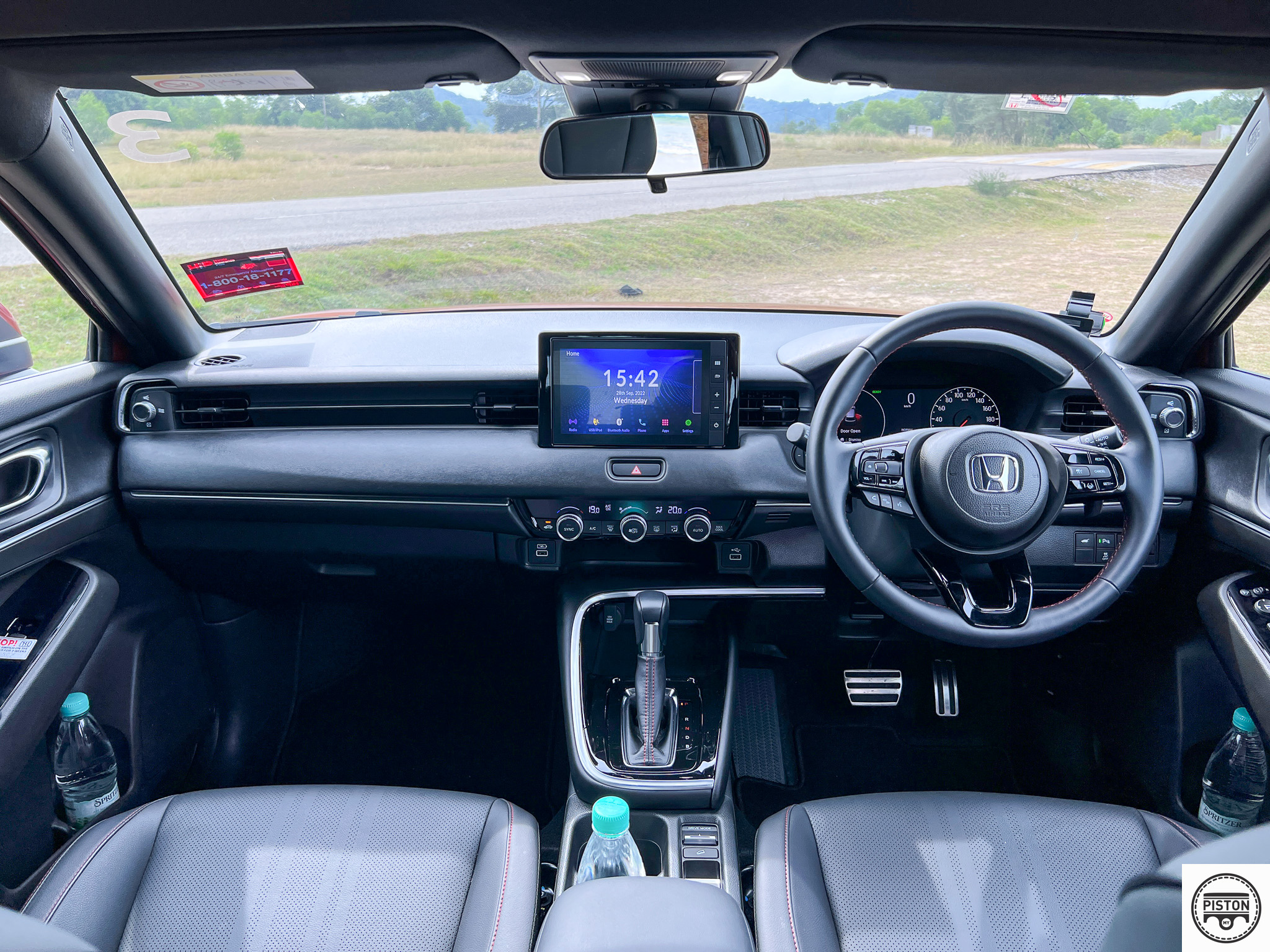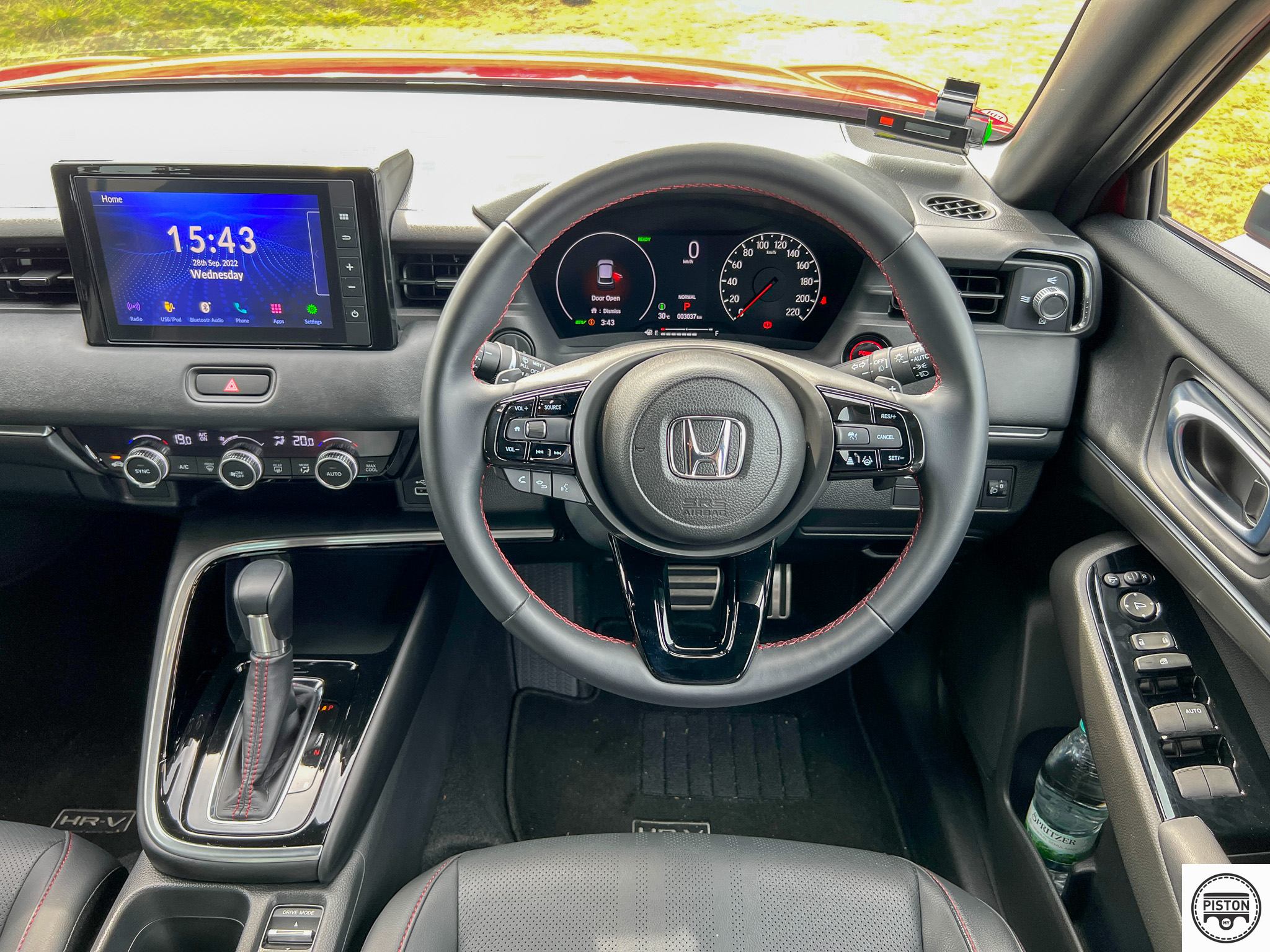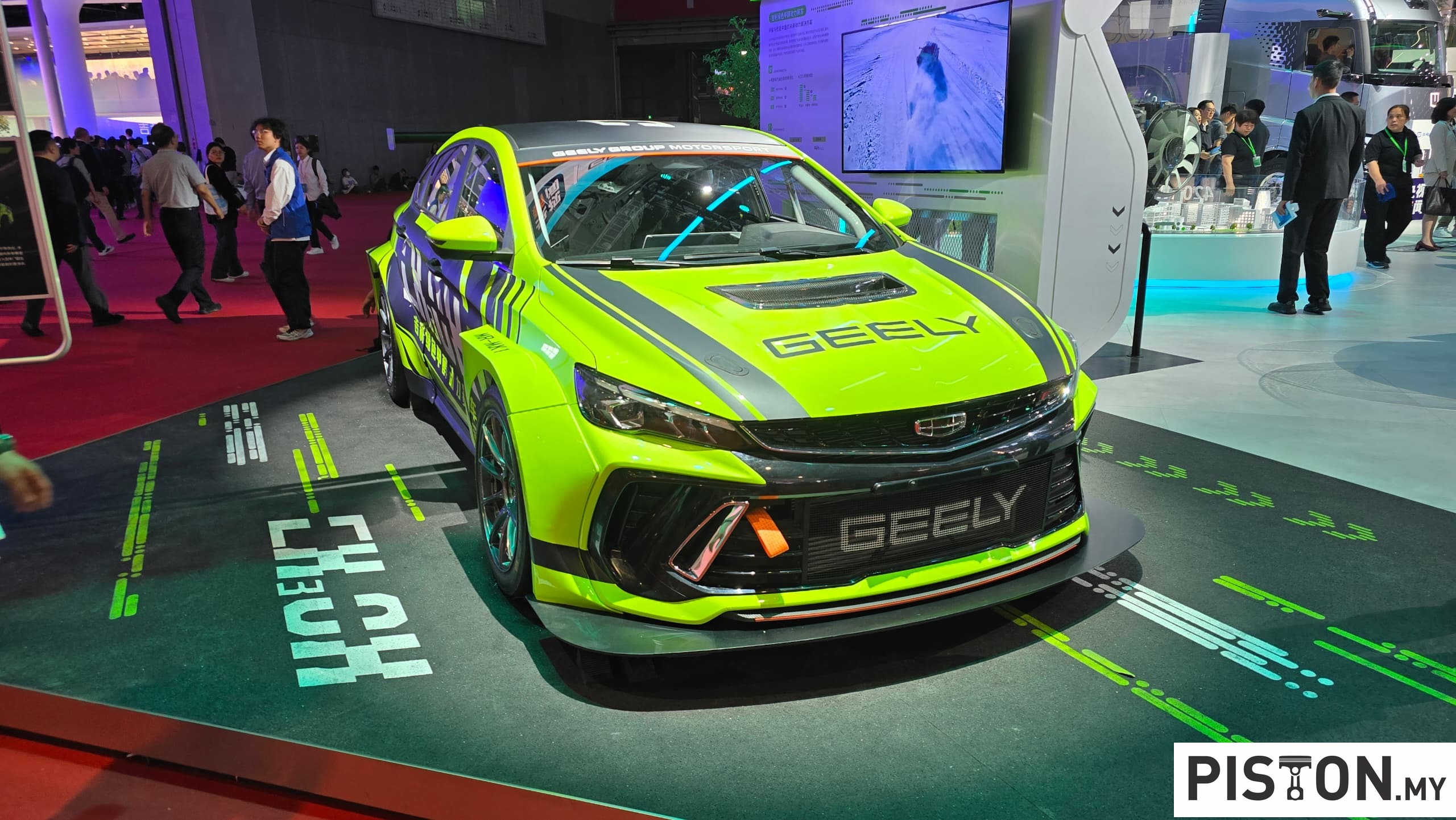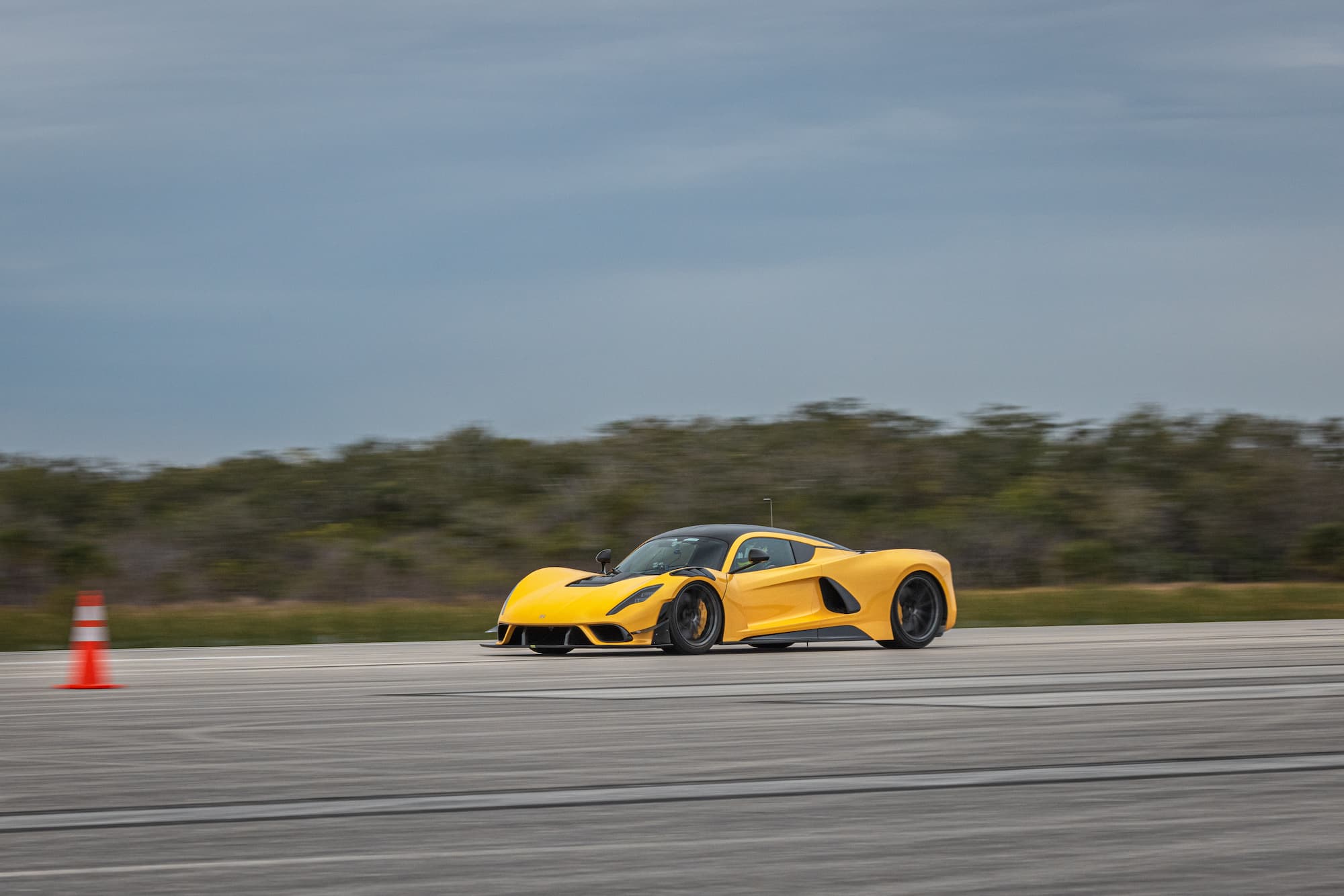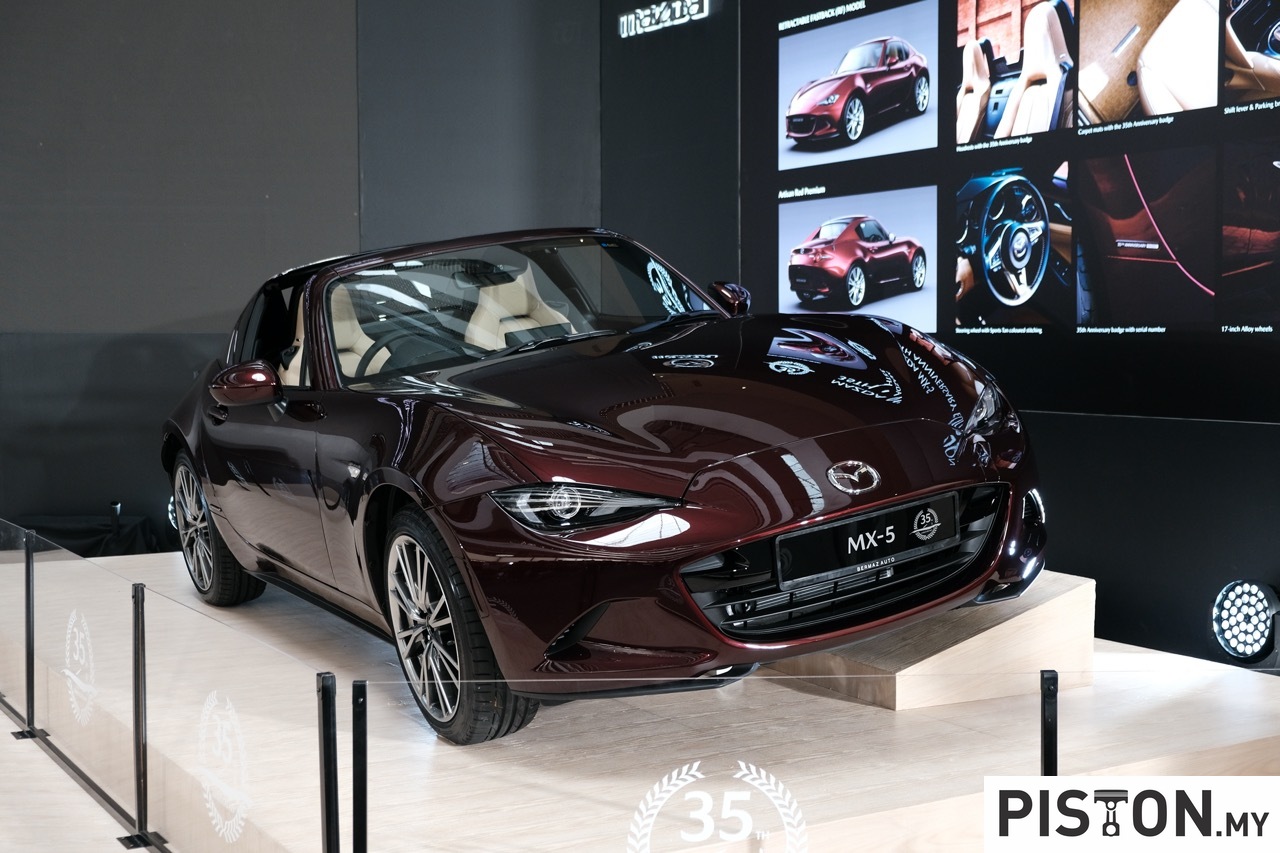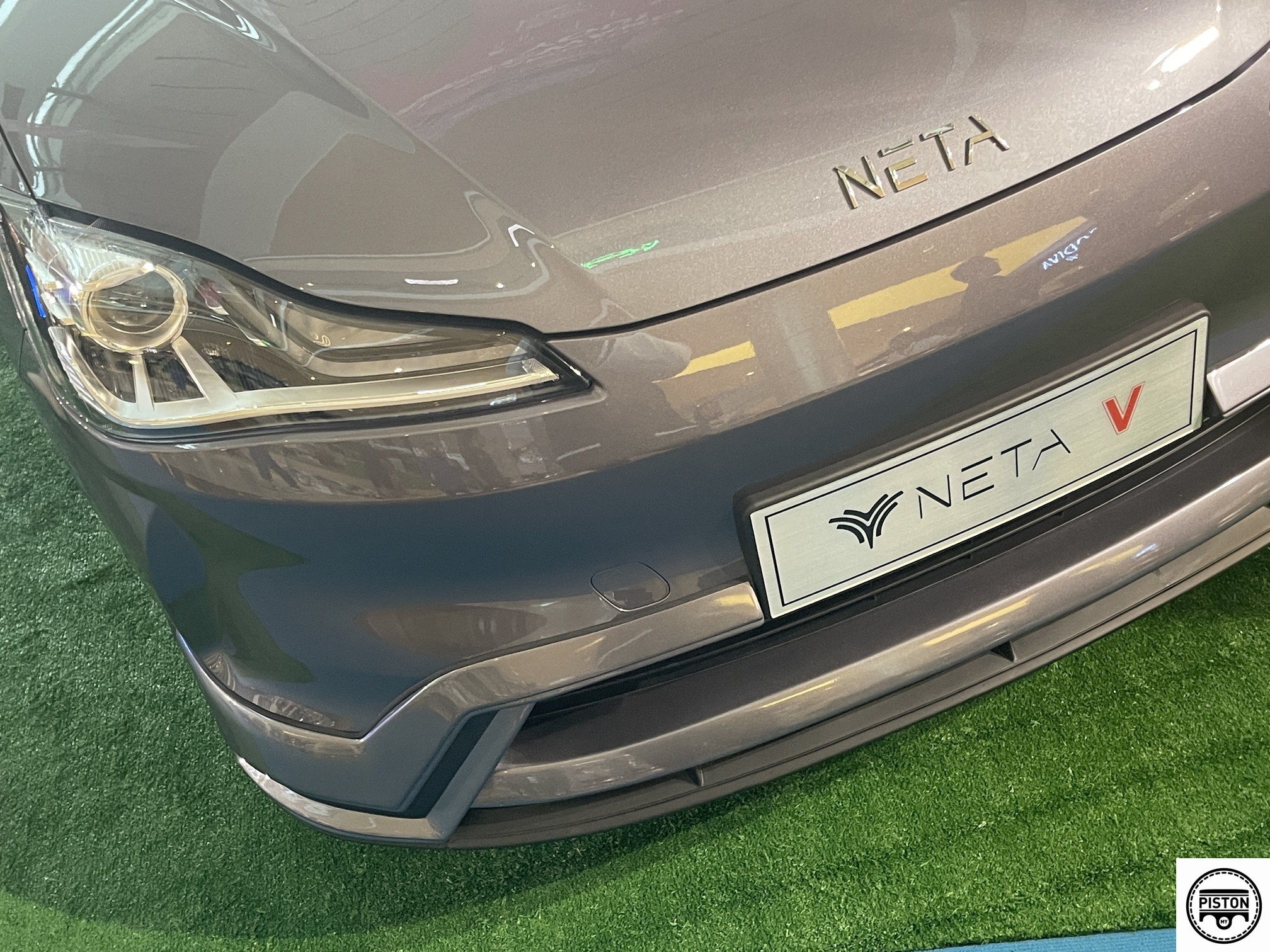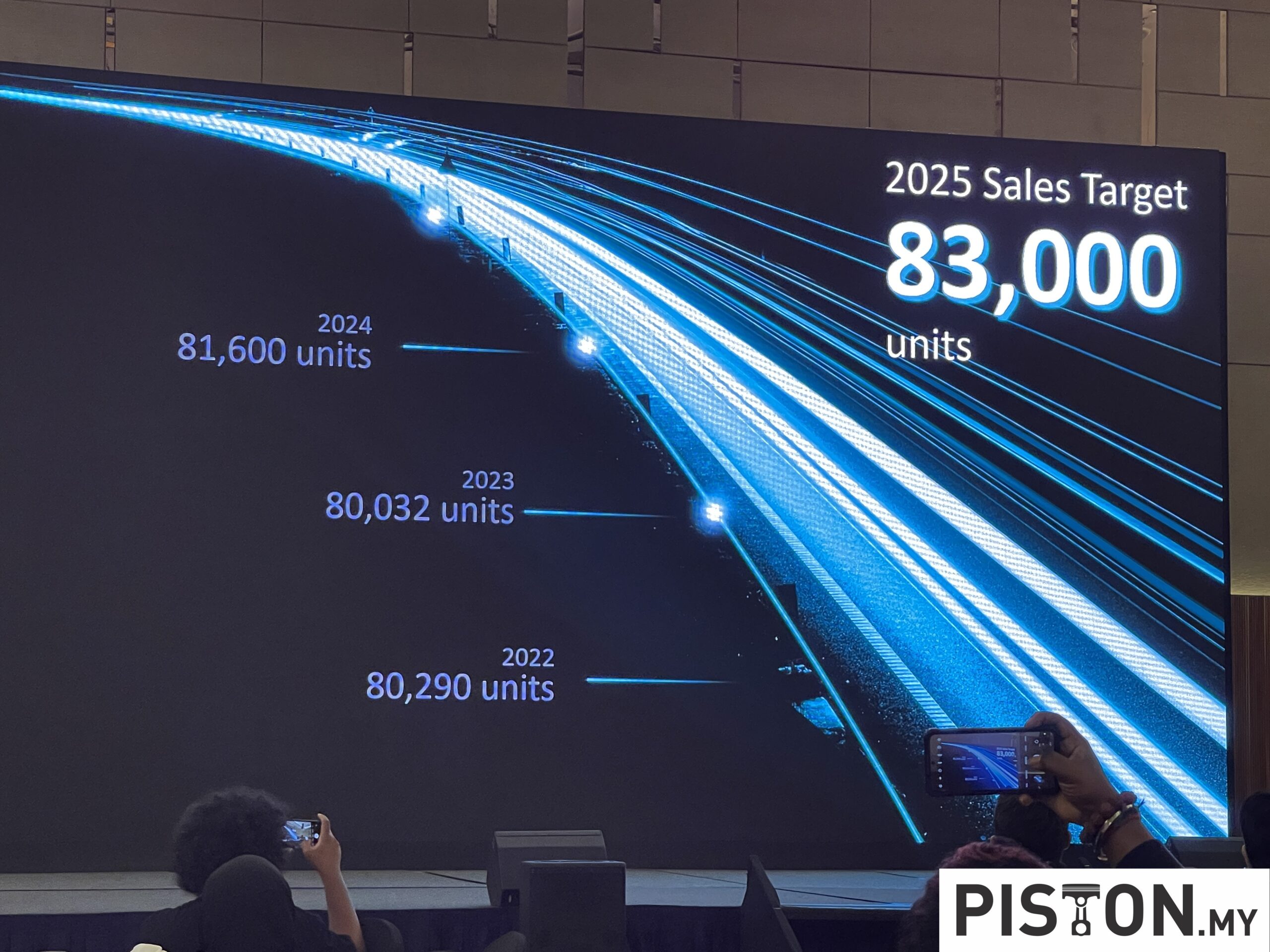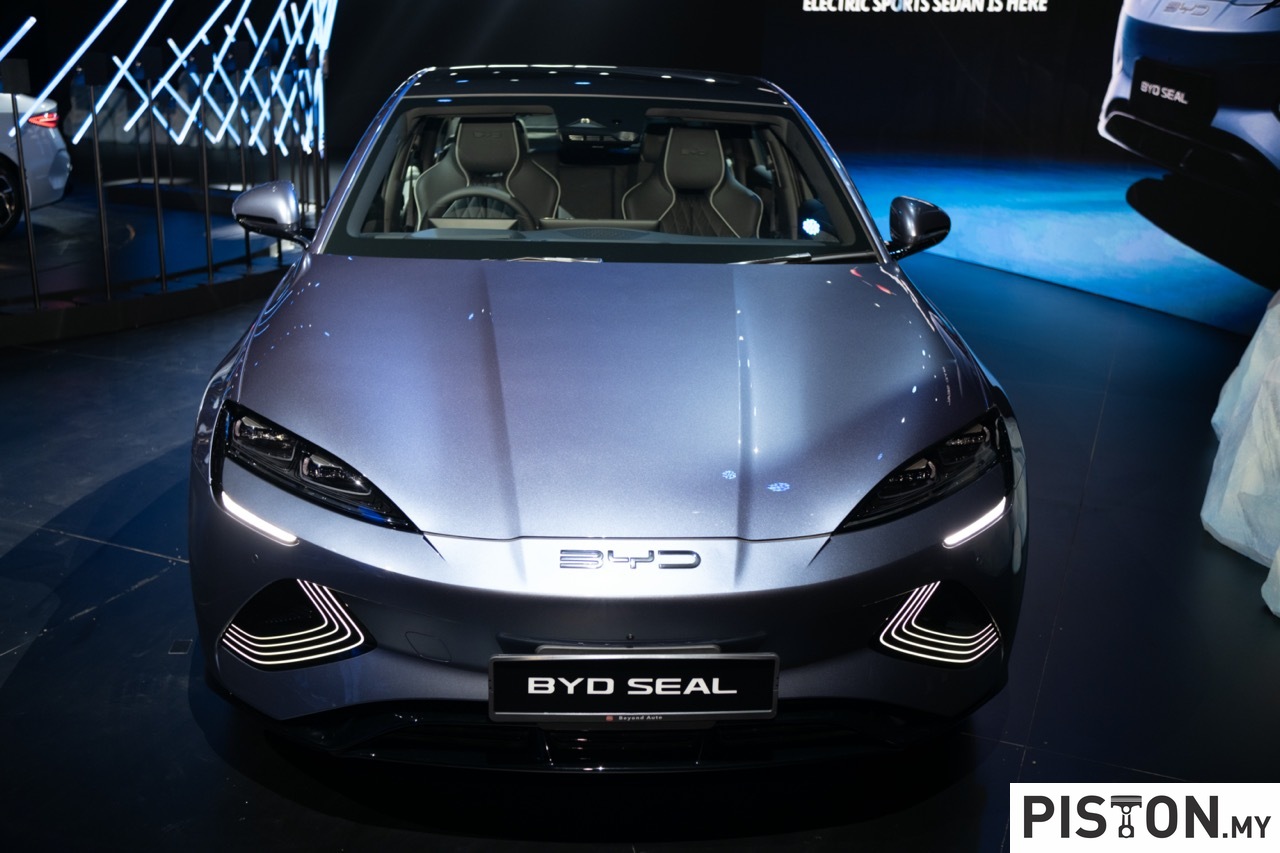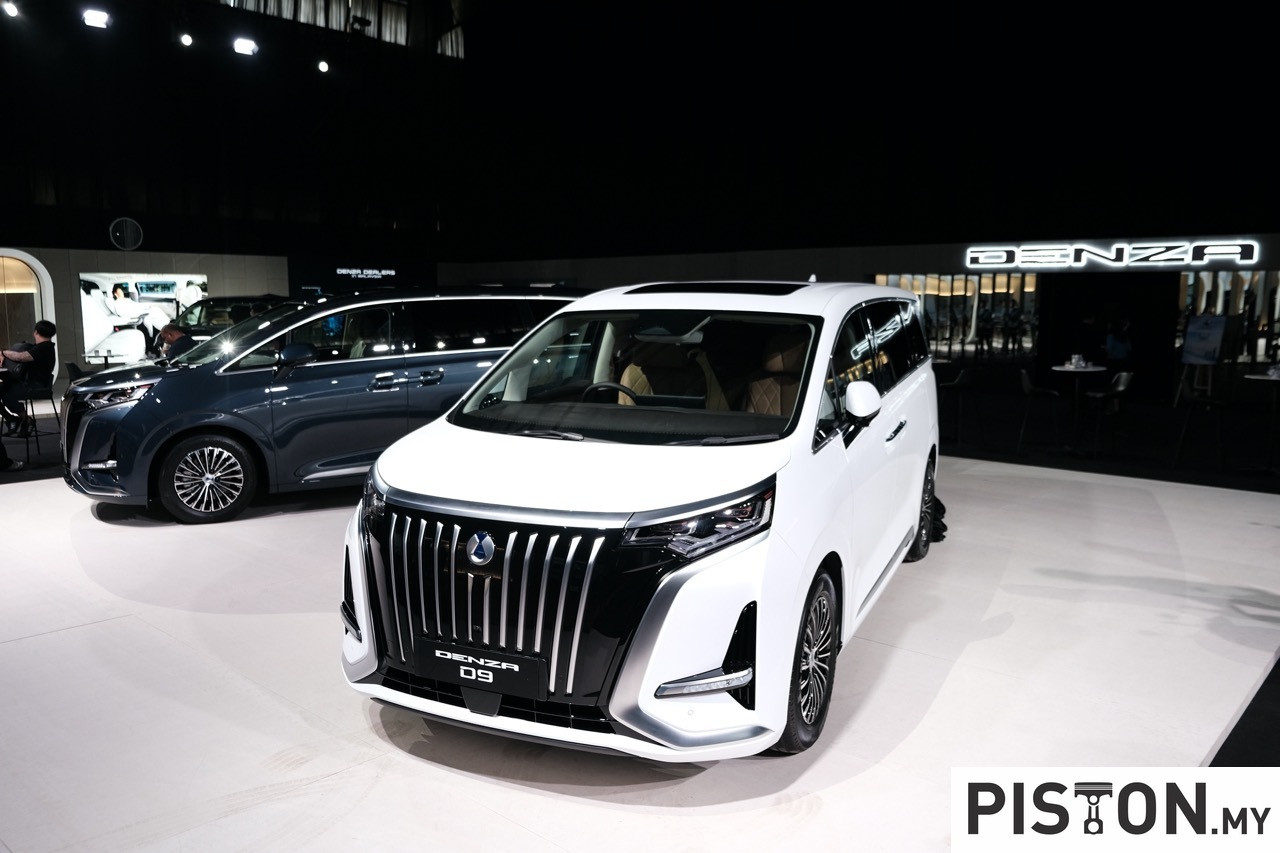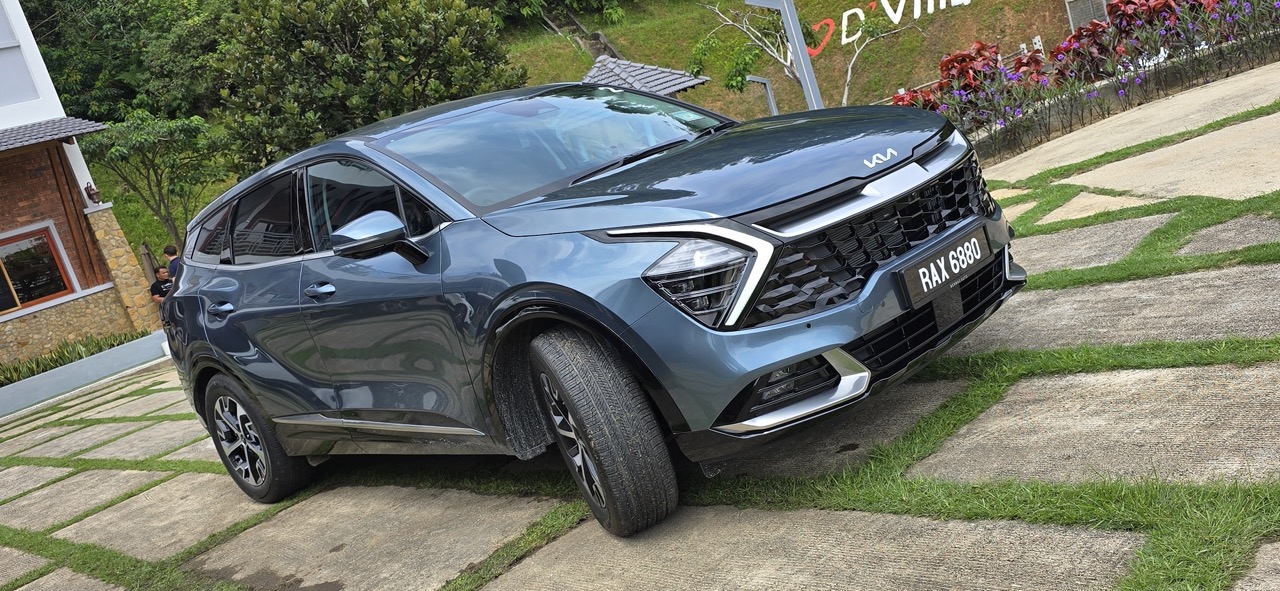At a glance:
- The RS model sits at the top of the HRV line up.
- Priced at RM140,800, the RS is only RM5,000 more expensive than the model below it, the V-Spec.
- Despite that, the RS offers more tech.
- But the V-Spec has more power, a higher top speed and better acceleration.
- But the RS is more fuel efficient.
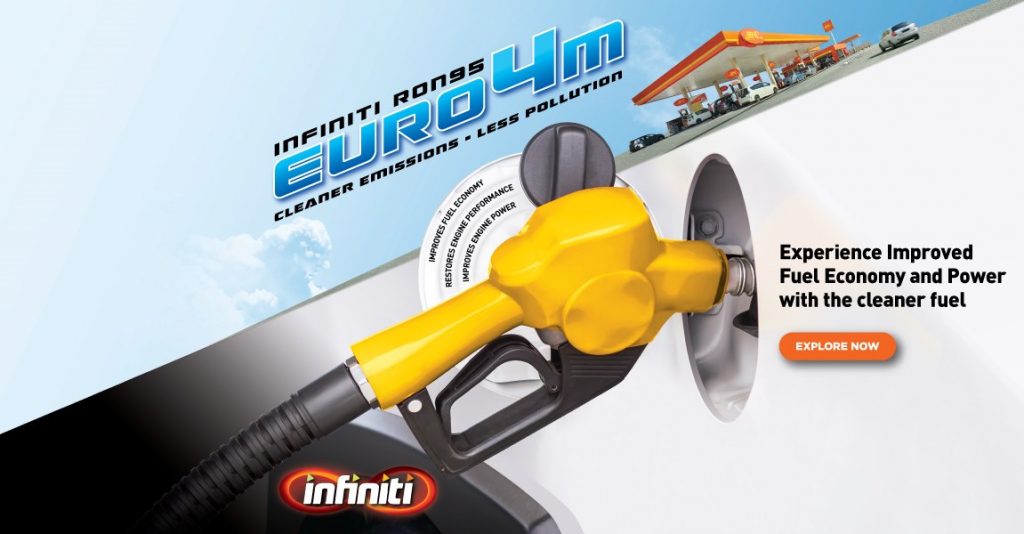
First introduced in Malaysia back in 2015, the Honda HRV has been the go-to crossover for those looking for something spacious, comfortable and reliable.
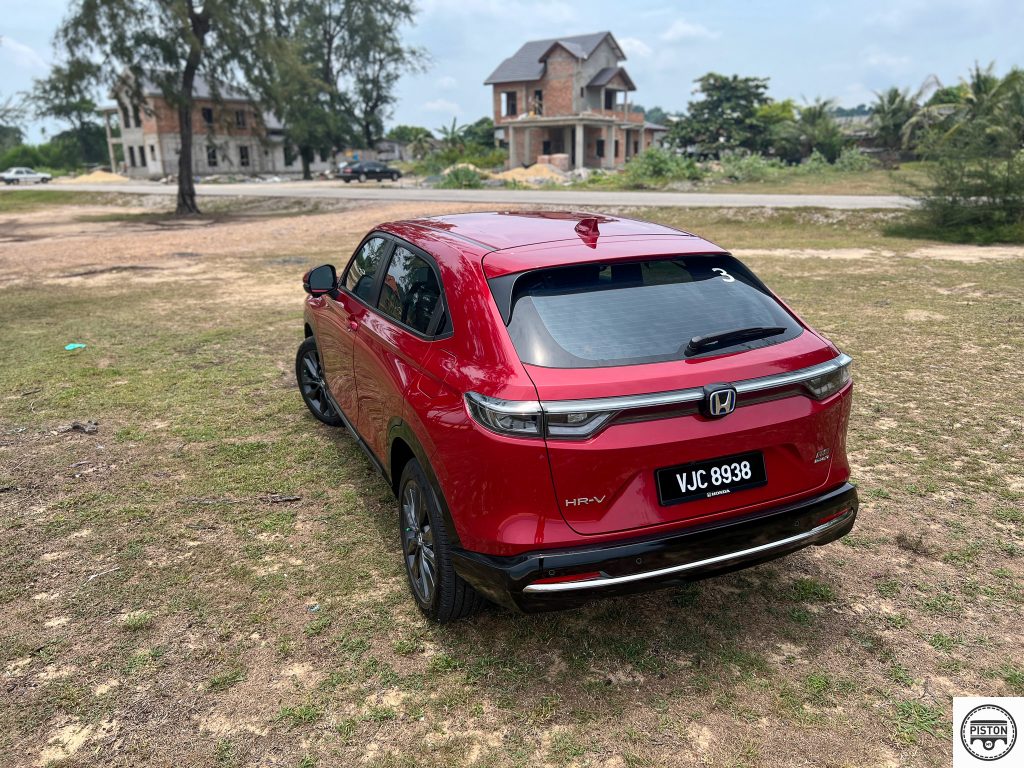
It is undoubtedly a sales phenomenon for Honda Malaysia, and that momentum is set to continue with the recent introduction of the third generation HRV.
Available in four variants with prices starting from just under RM115,000, the top of the line RS model is one that offers all the latest bells and whistles, and comes with a hybrid powertrain designed for fuel efficiency, but is RM26,000 dearer and retails at RM140,800.
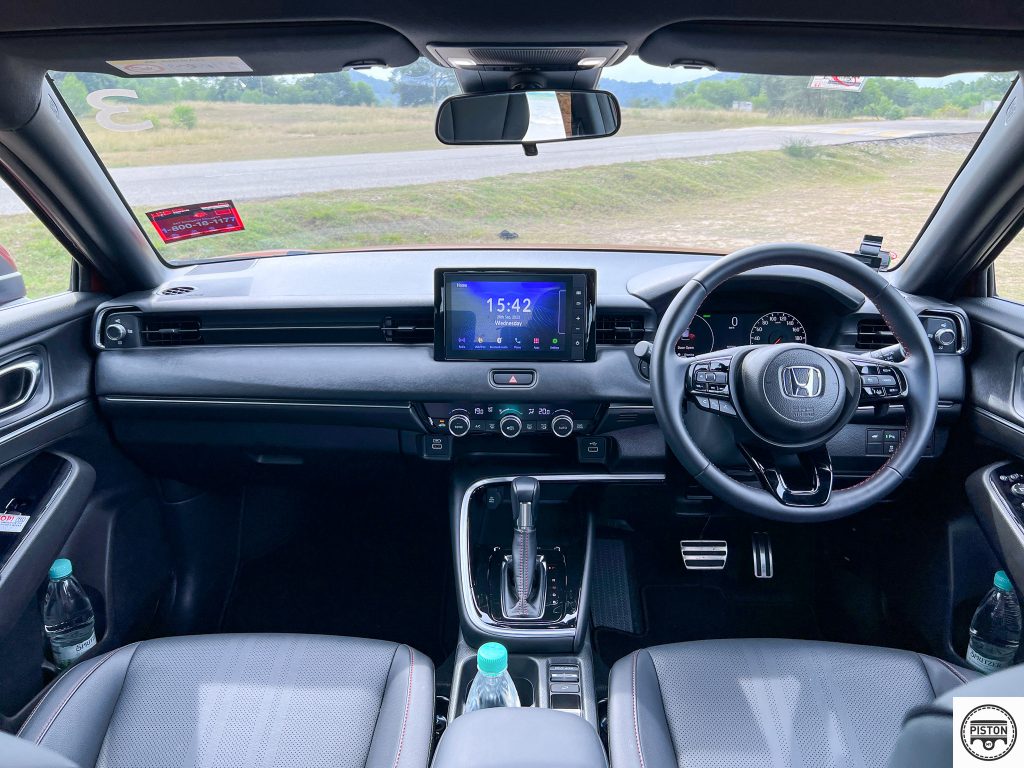
Inside, all the variants share the same overall layout and even offer the convenience of Honda’s popular Multi Utility Seats. These seats can be folded and tucked away in three different formats to accommodate tall, long or bulky items for added practicality.
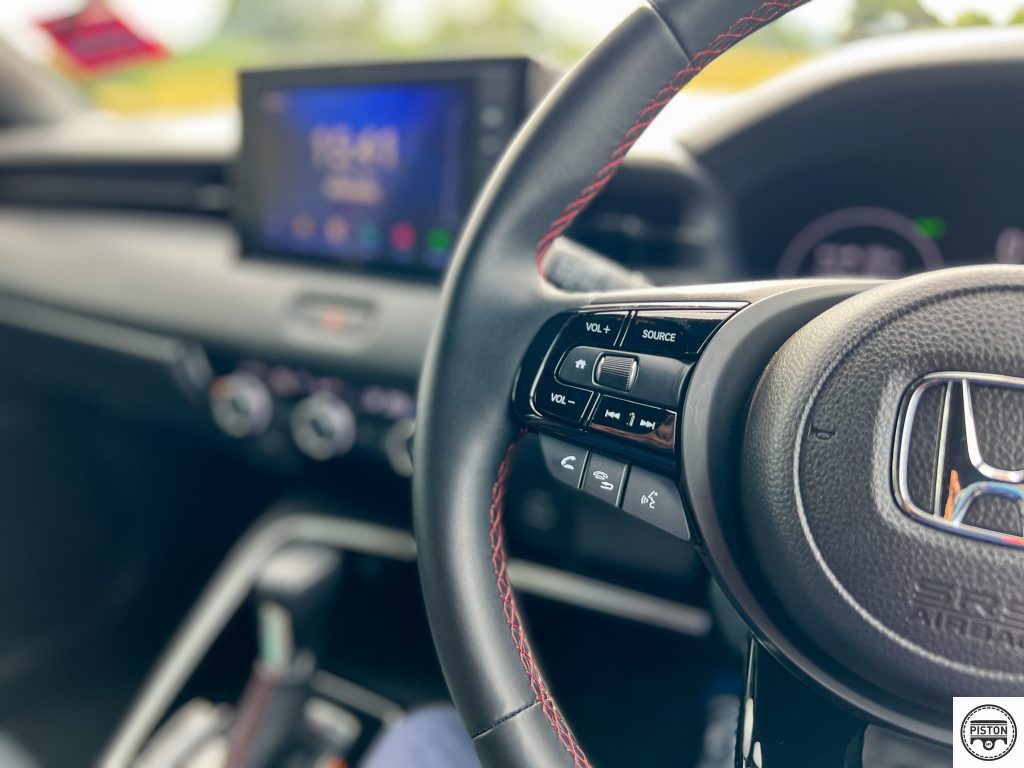
Interestingly, the new HRV also marks the first time that Honda has offered its Honda Sensing safety suite in all variants. Previously, this was only reserved for top-of-the-line models and later trickled down to other variants as a model progresses through its life cycle.
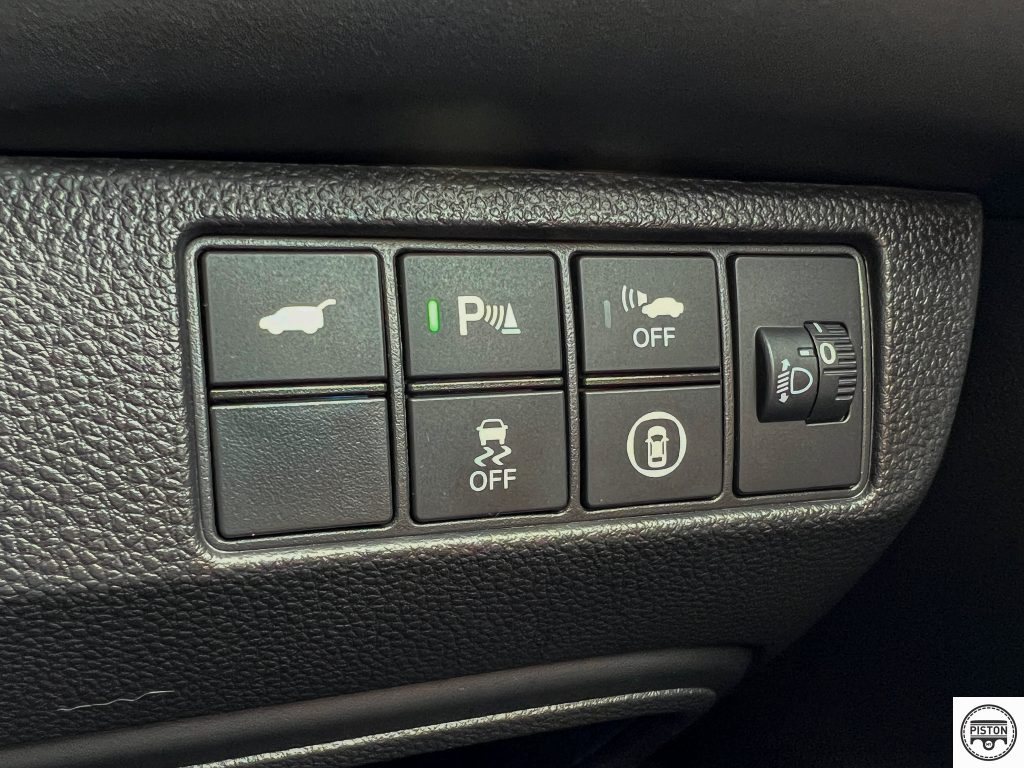
Honda Sensing consists of safety programs such as Forward Collision Warning, Lane Departure Warning, Lane Keep Assist, and others. This is on top of the usual safety systems like Vehicle Stability Assist, ABS, Electronic Brake Force Distribution, and more.
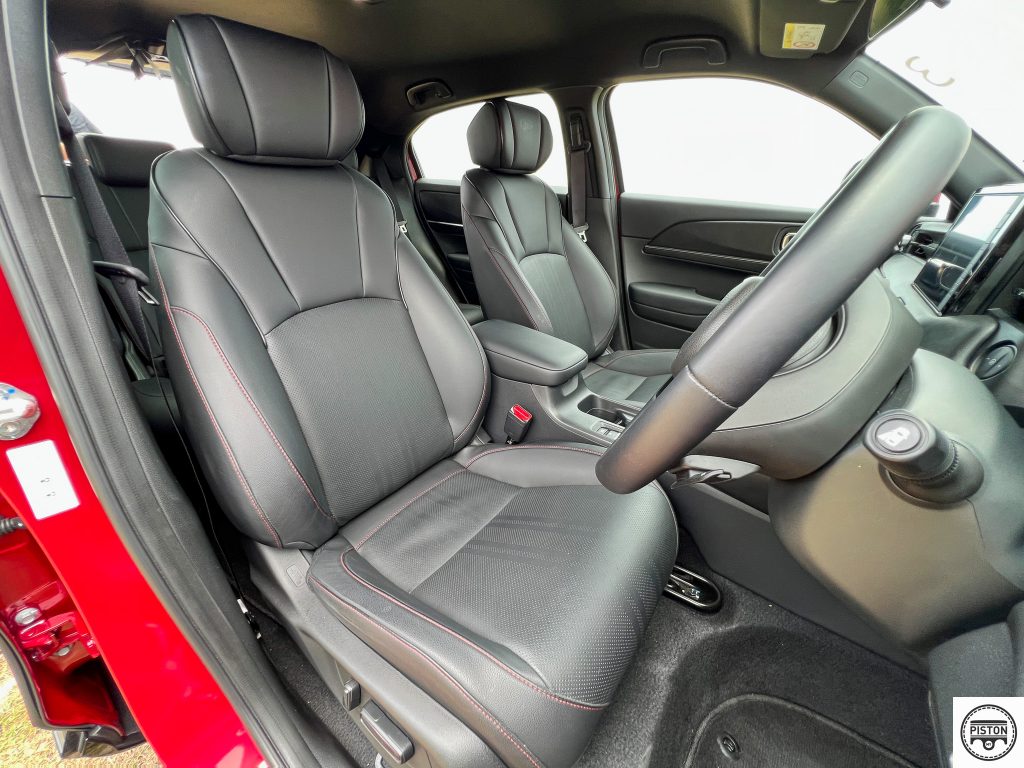
The HRV RS variant’s interior features leather upholstery and generally feels premium and expensive. The RS is the only variant to offer dual-zone air-conditioning which allows the driver and passenger to set their own desired temperature. Perfect for the always dueling husband and wife.
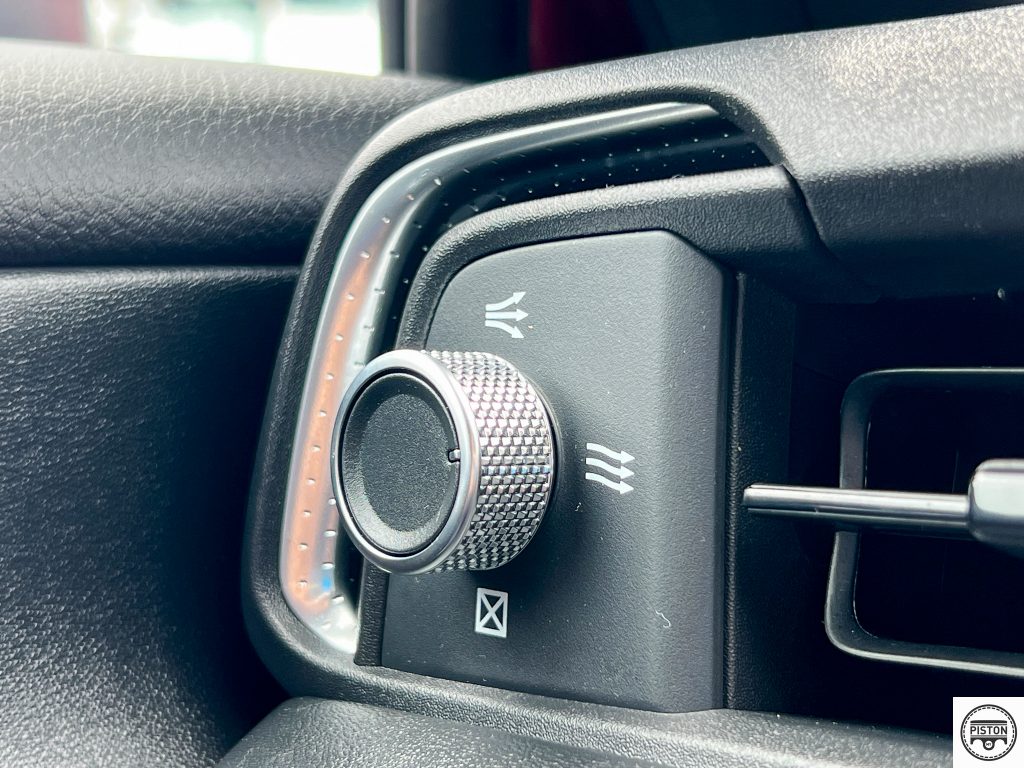
The HRV also offers Honda’s latest aircon vent technology which includes a diffuser mode. Controlled via a rotating dial that looks and feels like it came off a BMW, the diffuser mode channels air around rather than directly at the driver or passenger. This is to help keep the cabin cool without overwhelming the front passengers.
Being a hybrid, the RS is naturally designed for efficiency. At the heart of it all lays a 1.5-litre naturally-aspirated engine mated to an e-CVT gearbox. Even though it is a hybrid, there’s no battery onboard that stores power for an all-electric drive.
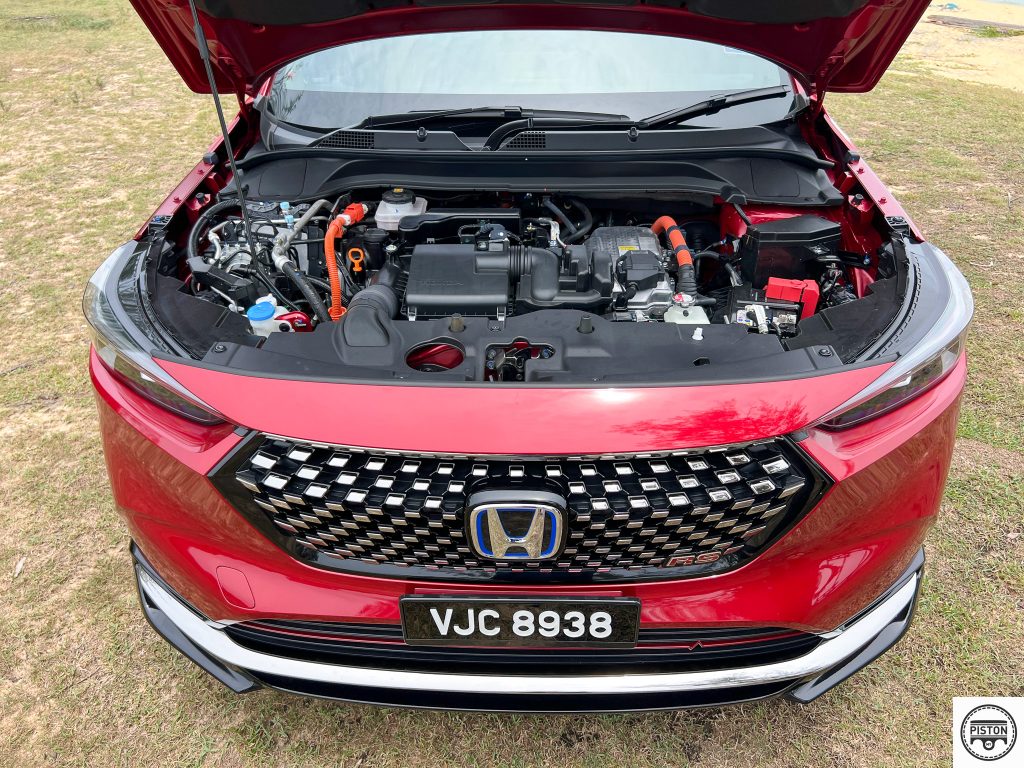
Instead, the HRV is powered by an Atkinson-cycle engine that is more efficient than regular internal combustion engines because it uses less fuel during the combustion process. But this ultimately sacrifices power – a typical trait of Atkinson-cycle engines. So, to make up for the drop in power, Honda has installed an electric motor to provide a power surge when the driver demands for it.
The power output of the engine is rated at 107PS and 131Nm of torque, while the electric motor produces 131PS and 253Nm of torque. This gives a gentle shove in the back and lets the HRV cruise at about 150kmh without any dramas, though top speed is rated at 170kmh.
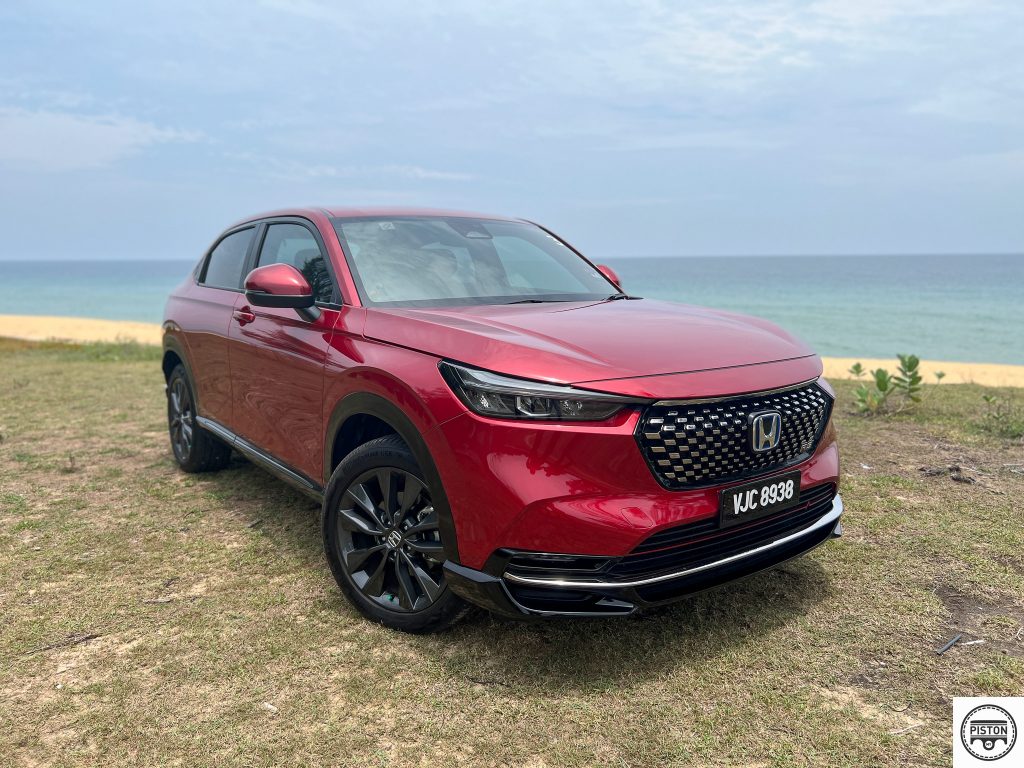
Though power is decent for everyday use, accelerating to highway speed and above can be a tedious affair as the powertrain tends to whine. According to Honda’s spec sheet, the RS needs 10.7 seconds to reach 100kmh, and in that process, driver and passengers will notice an audible drone.
The 18-inch Continental tyres too tend to be loud and do not help to keep the cabin isolated from the road. Perhaps softer compound tyres could do the trick.
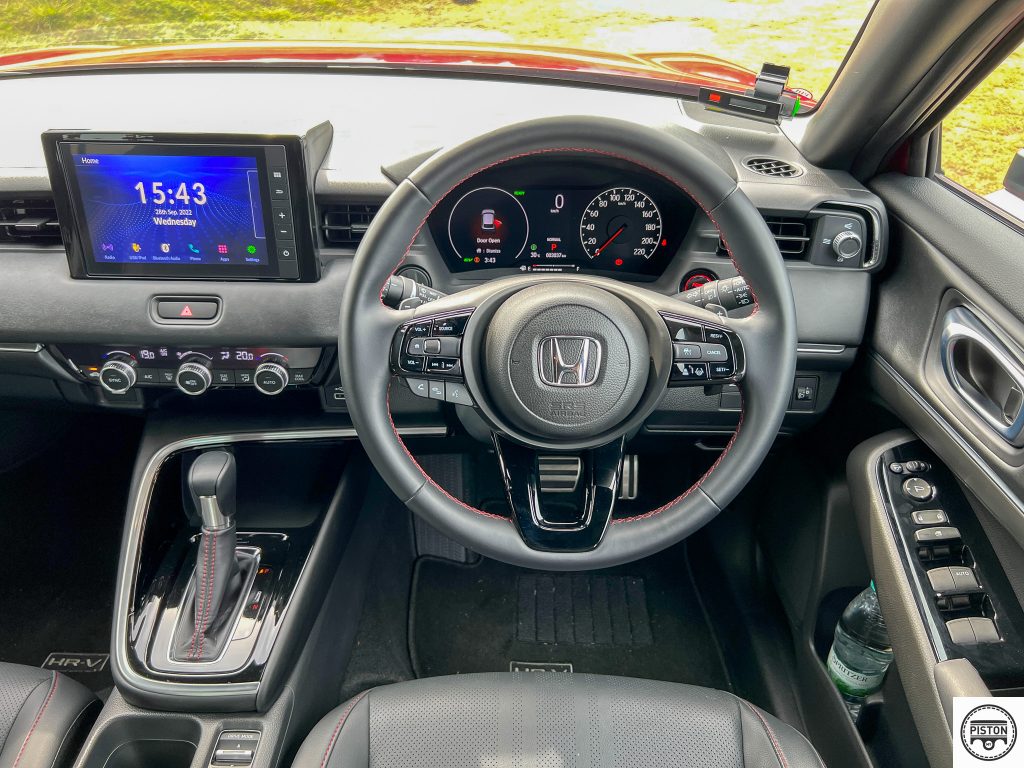
As for consumption, Honda claims the HRV RS needs just 4.1 litres of fuel to travel 100km, which based on Ron 95 pricing, will cost you about RM8. This means that you could do a 200km drive from KL to Ipoh for under RM20, without factoring toll charges of course. Well, theoretically at least.
Efficiency is quite surely the name of the game for the RS. It is what it does best. But being the flagship model for the new HRV range, it does come with certain features that differentiate it from its lesser siblings.
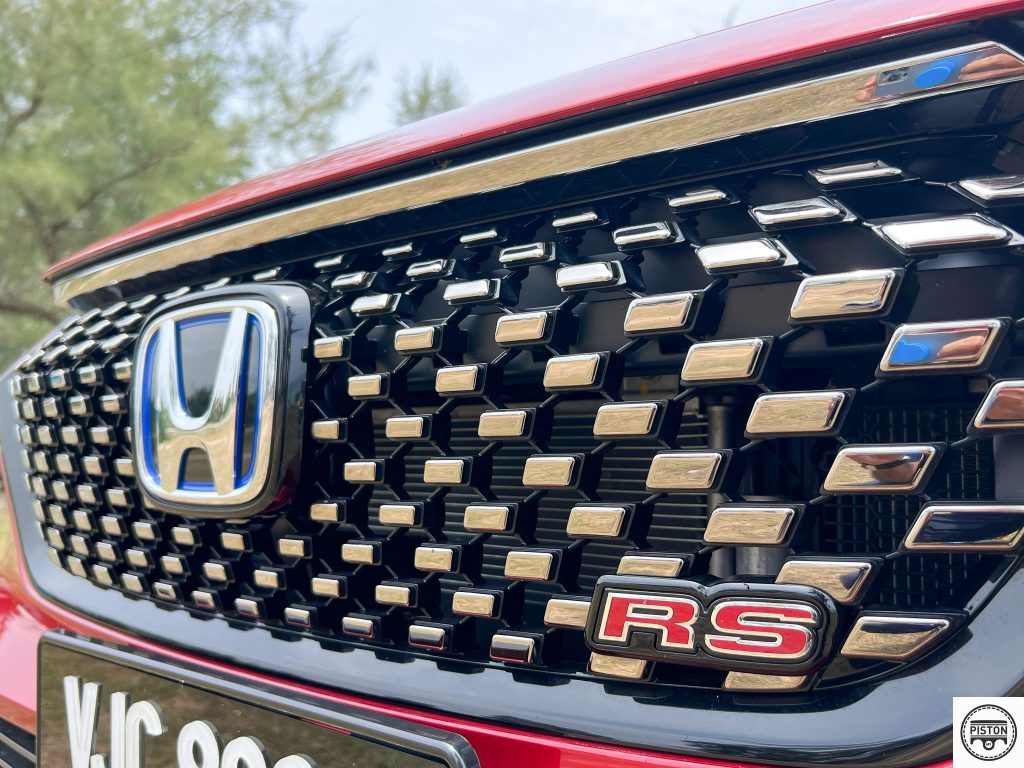
The exterior for one offers gloss black finishing around the front and rear bumpers, while the grille is finished in distinctive dark chrome.

The LED tail lights too are nestled in a clear housing as compared to the other HRV models that offer red housings. Also, the tail lights at either end are connected via a LED light strip that stretches across the tail gate for a design that curiously mimics the Porsche Macan, but that’s not a bad thing because it undoubtedly looks great.
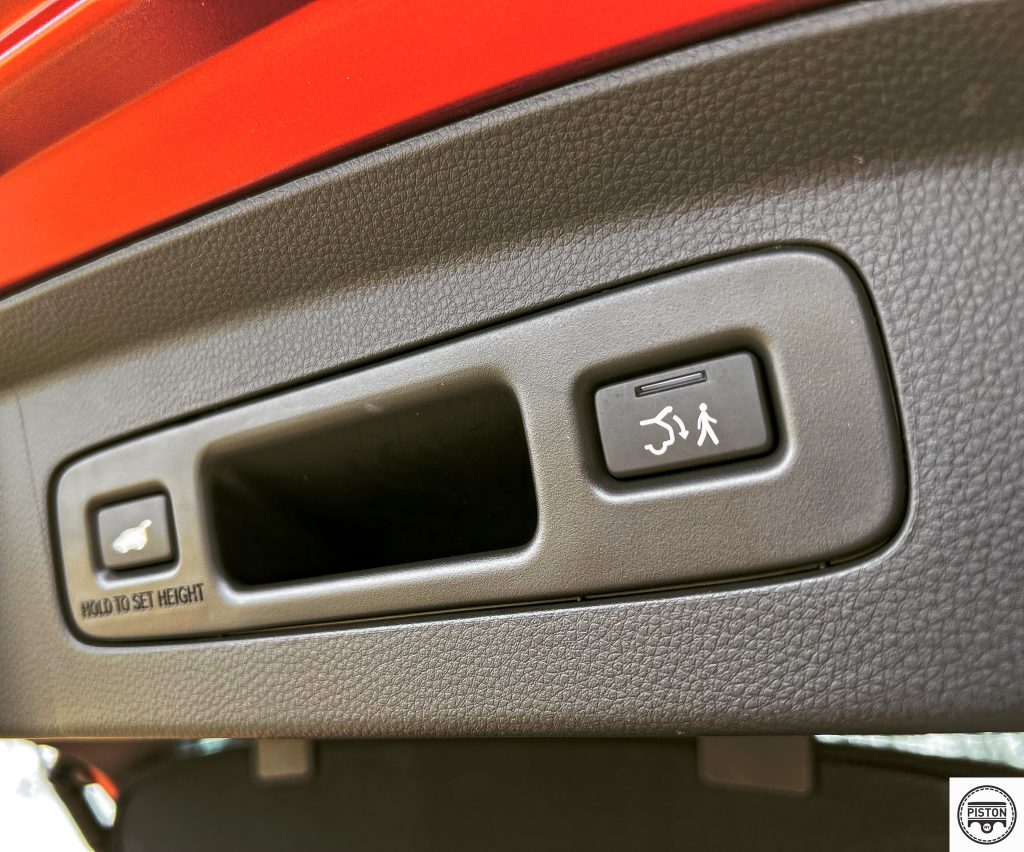
The RS model has one final party trick, and it just so happens to be a first for any Honda brand – the hands free power tail gate with walk away function. This feature shuts the tail gate when you walk away from the car, as long as the key is in your pocket. Perfect for when you have your hands full.
The new Honda HRV RS offers the perfect balance of good looks, comfort and convenience, and as far as sales goes, over 7,000 HRVs have been delivered though the car was only launched back in June, and that is the ultimate testament to its appeal.




